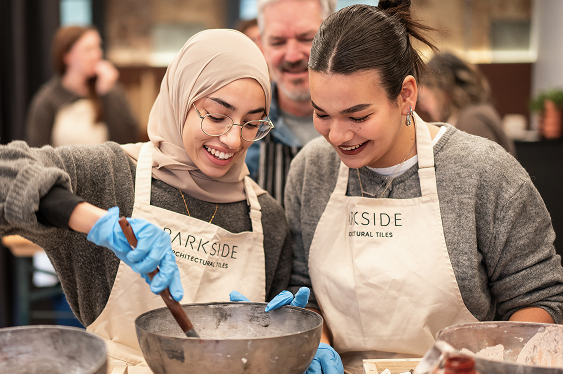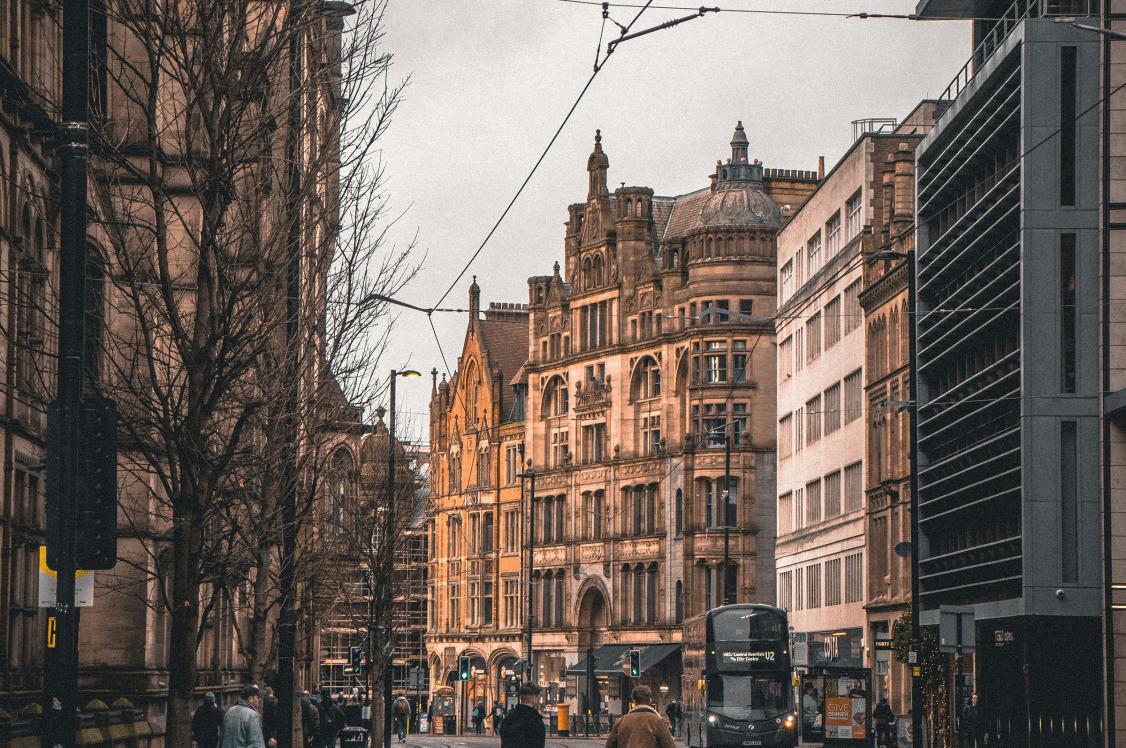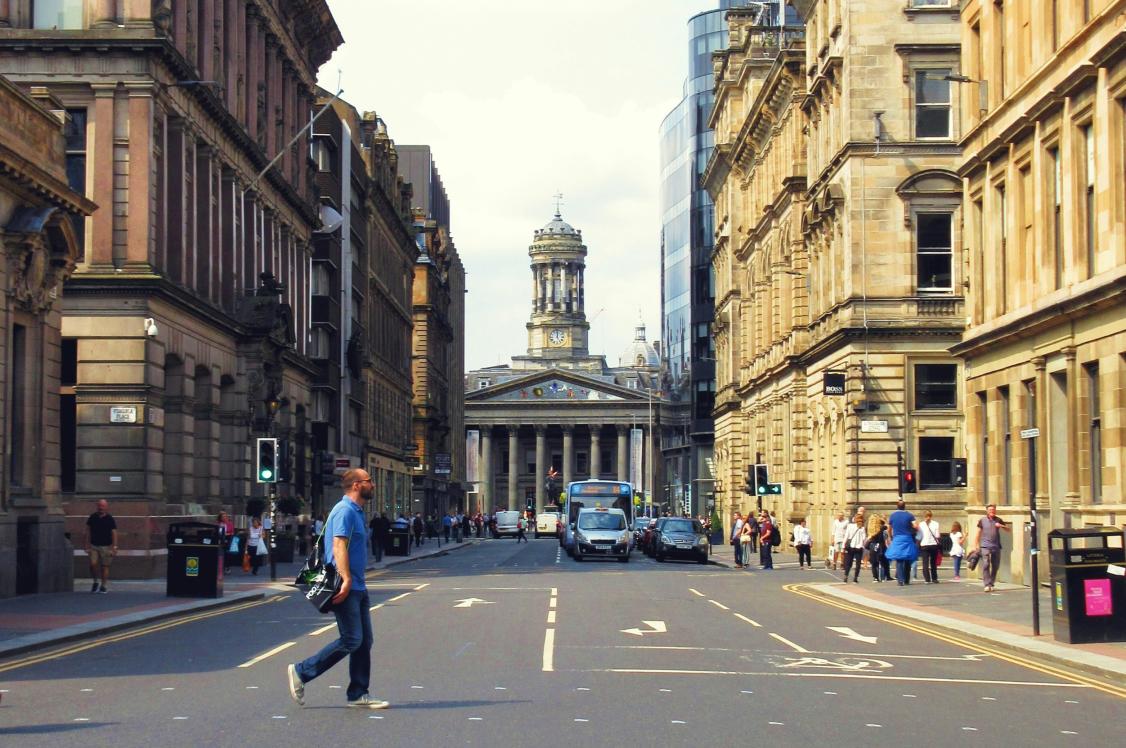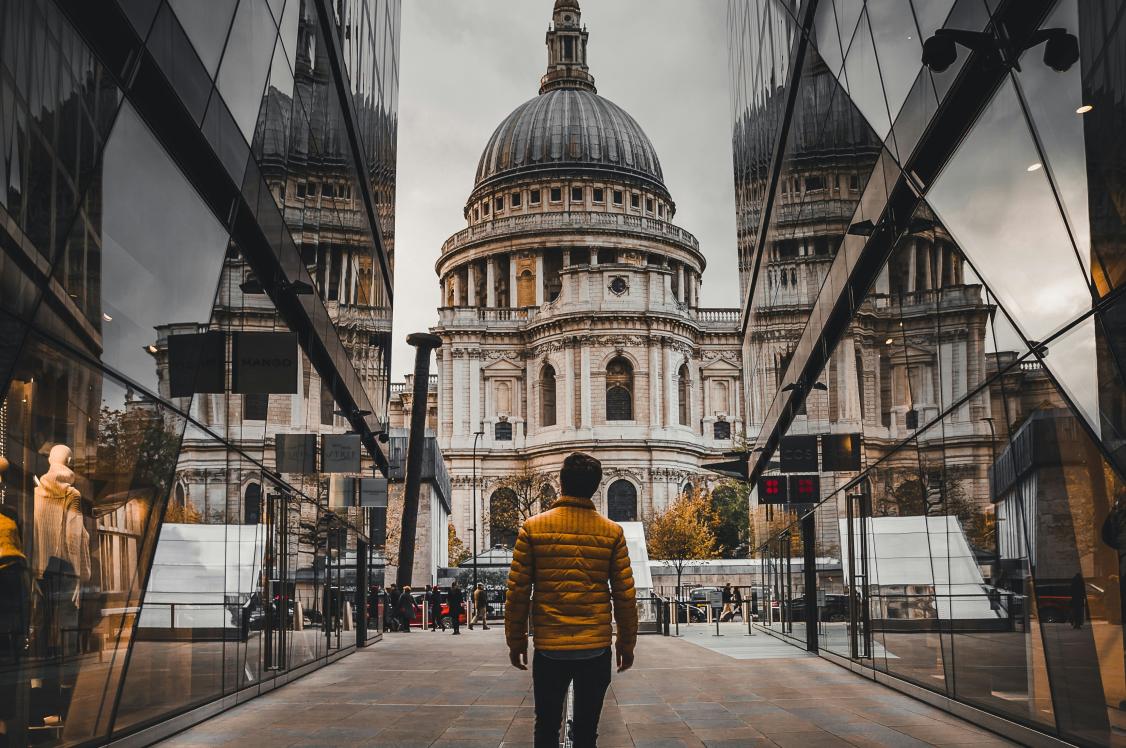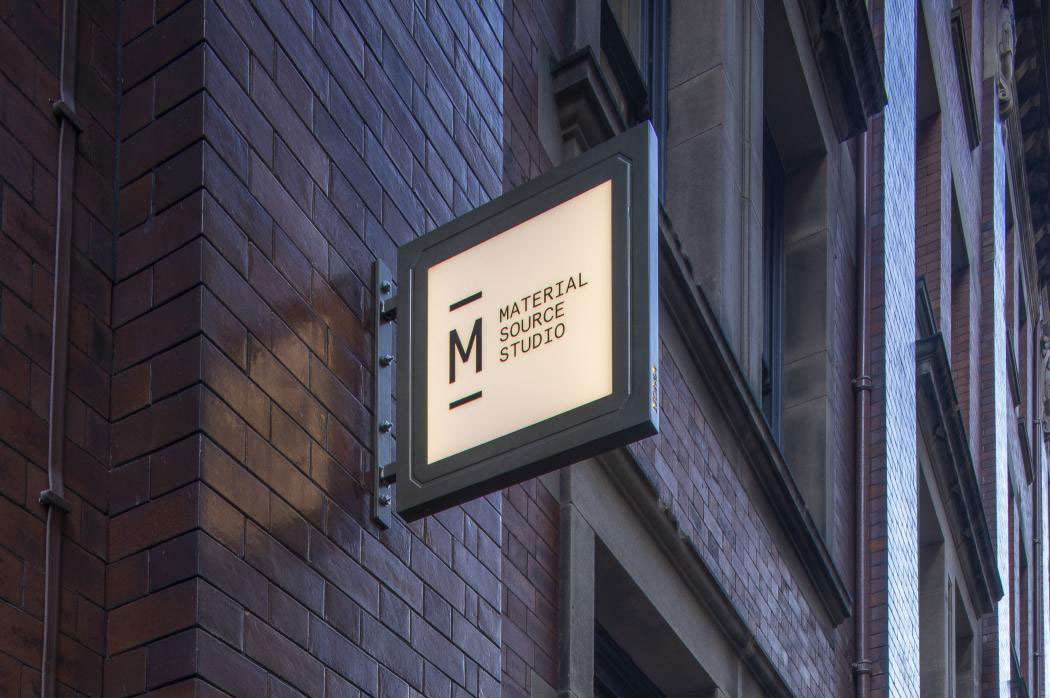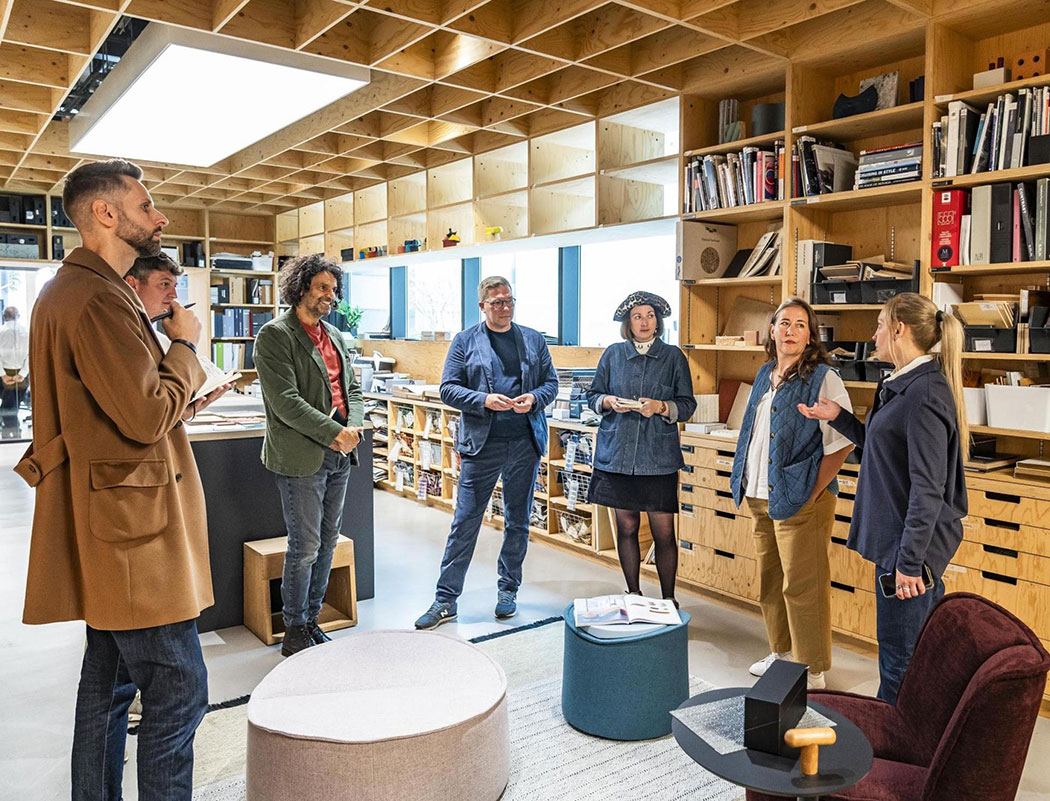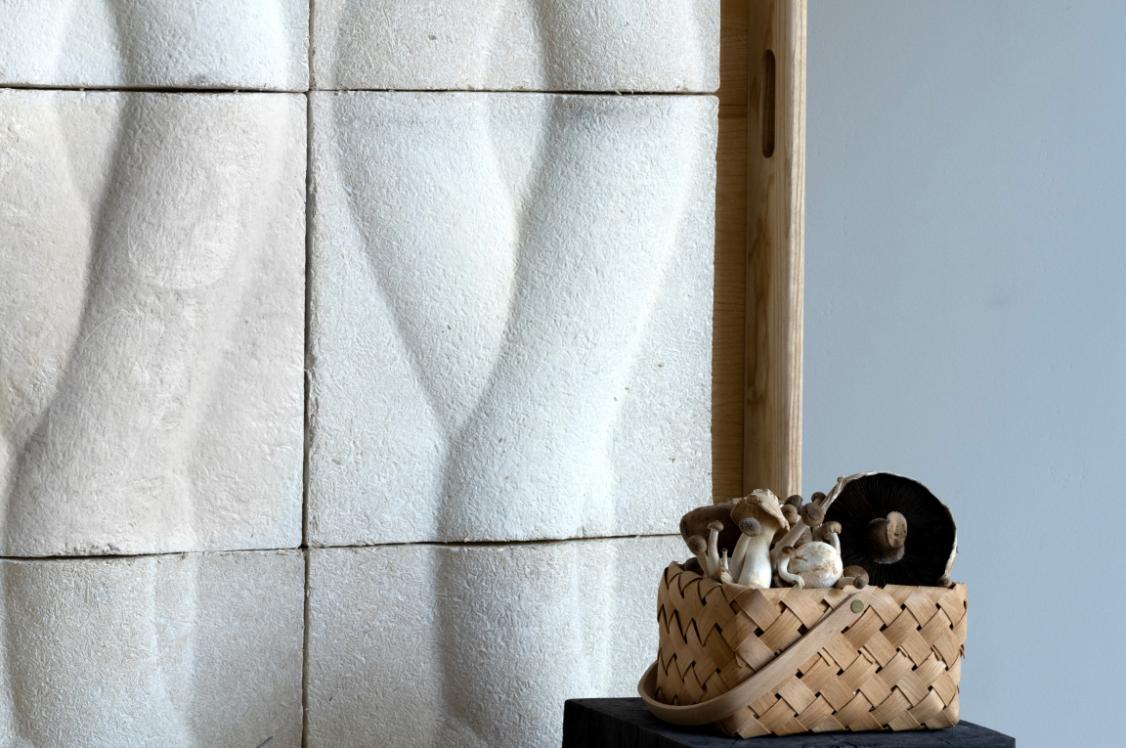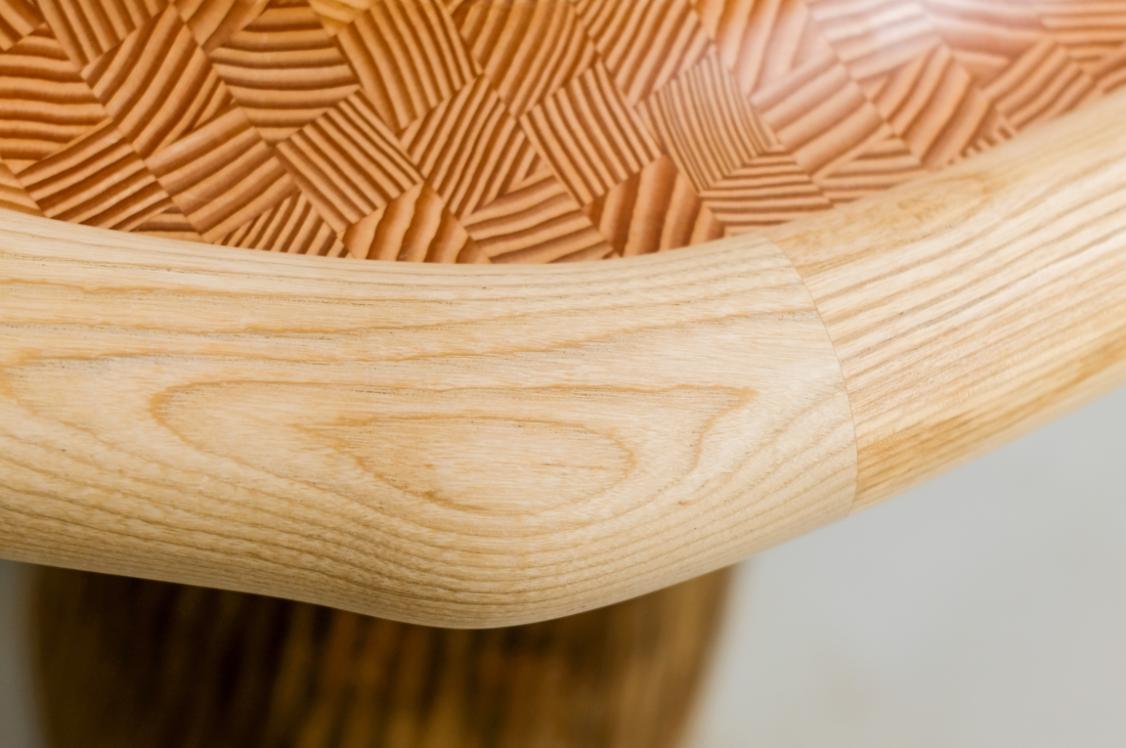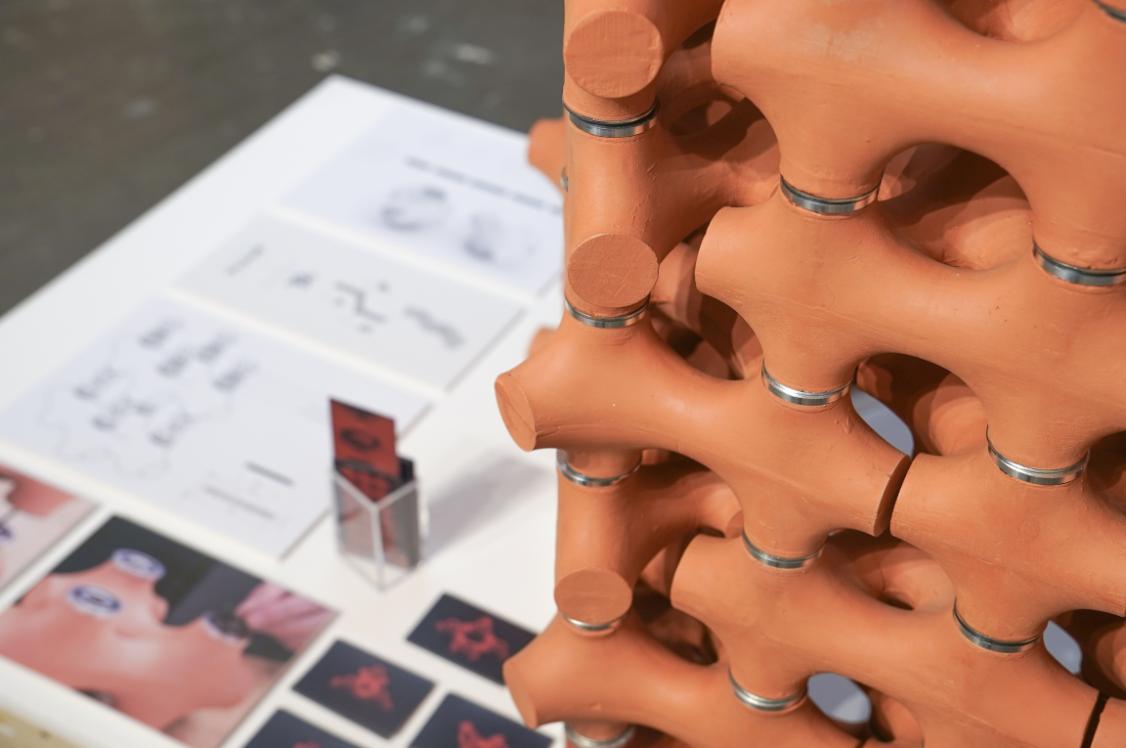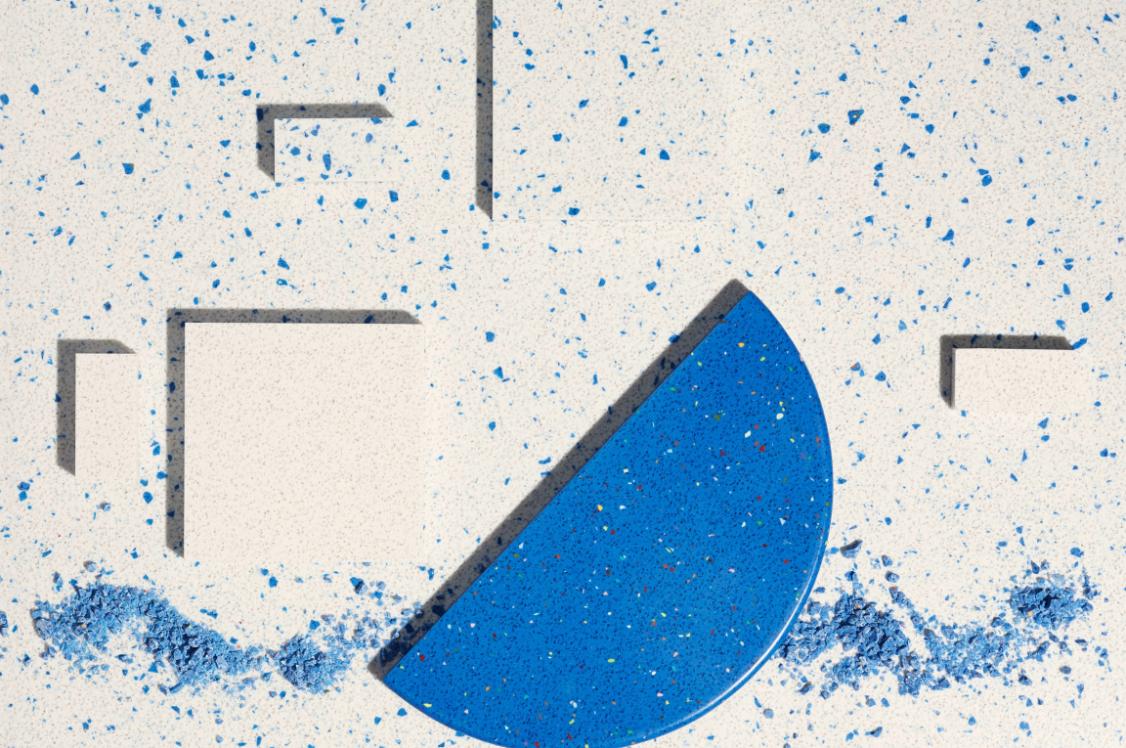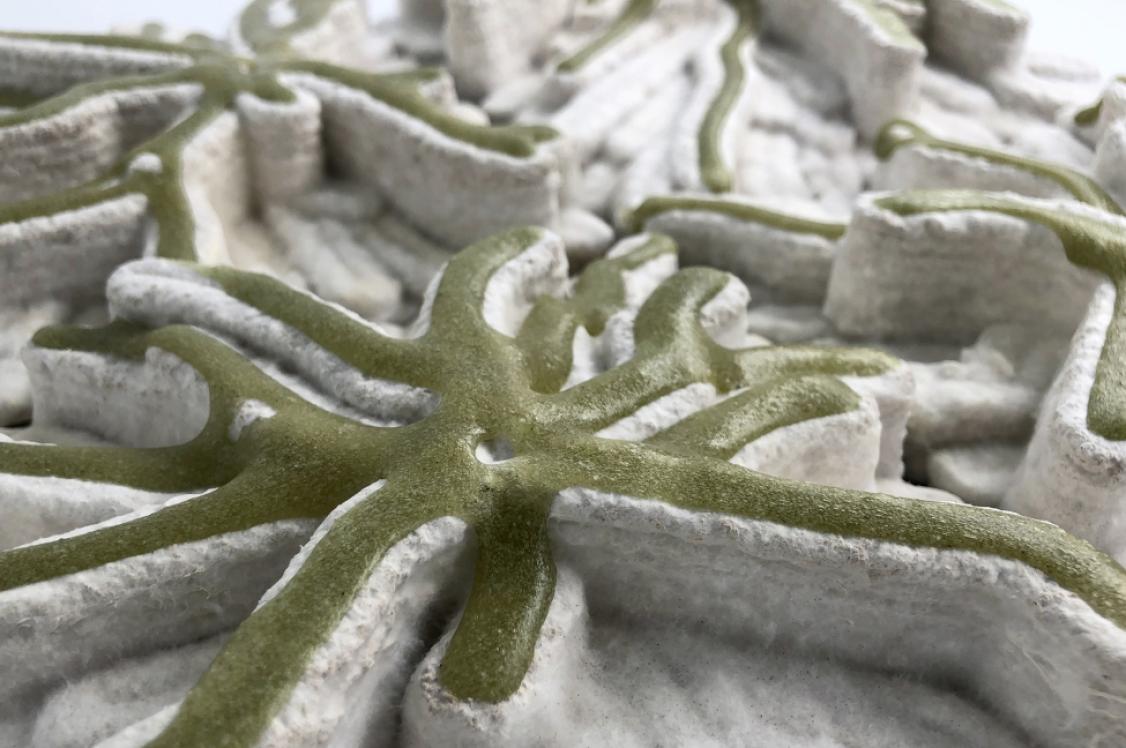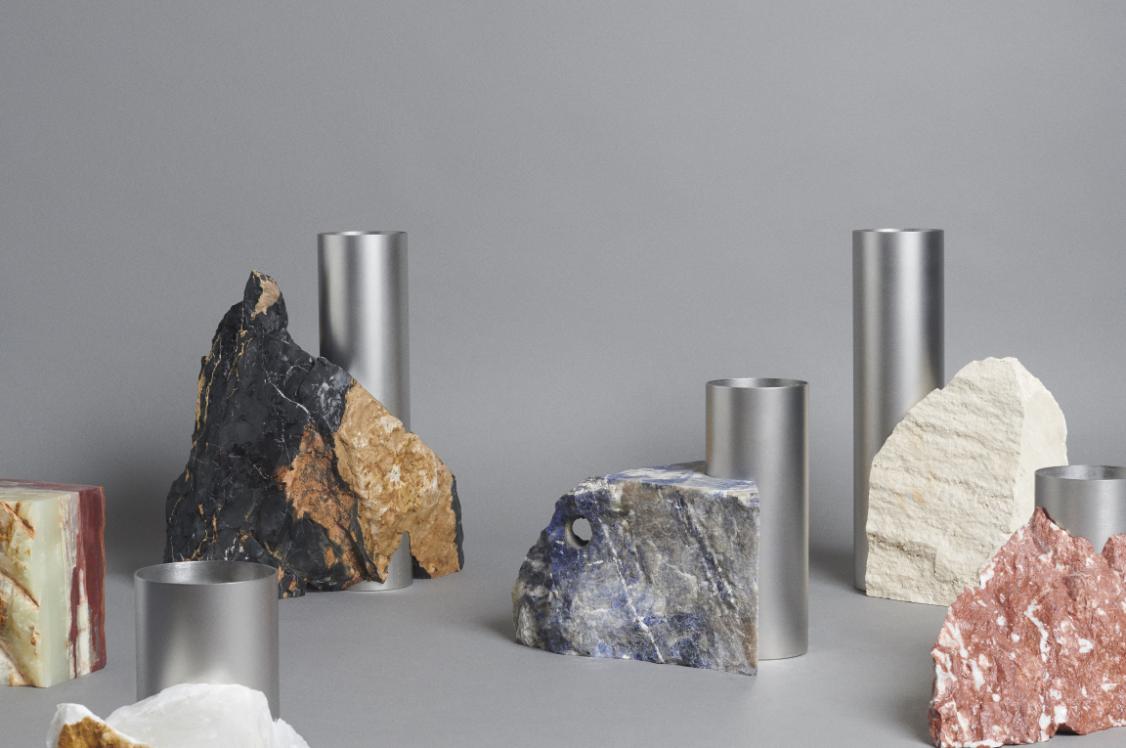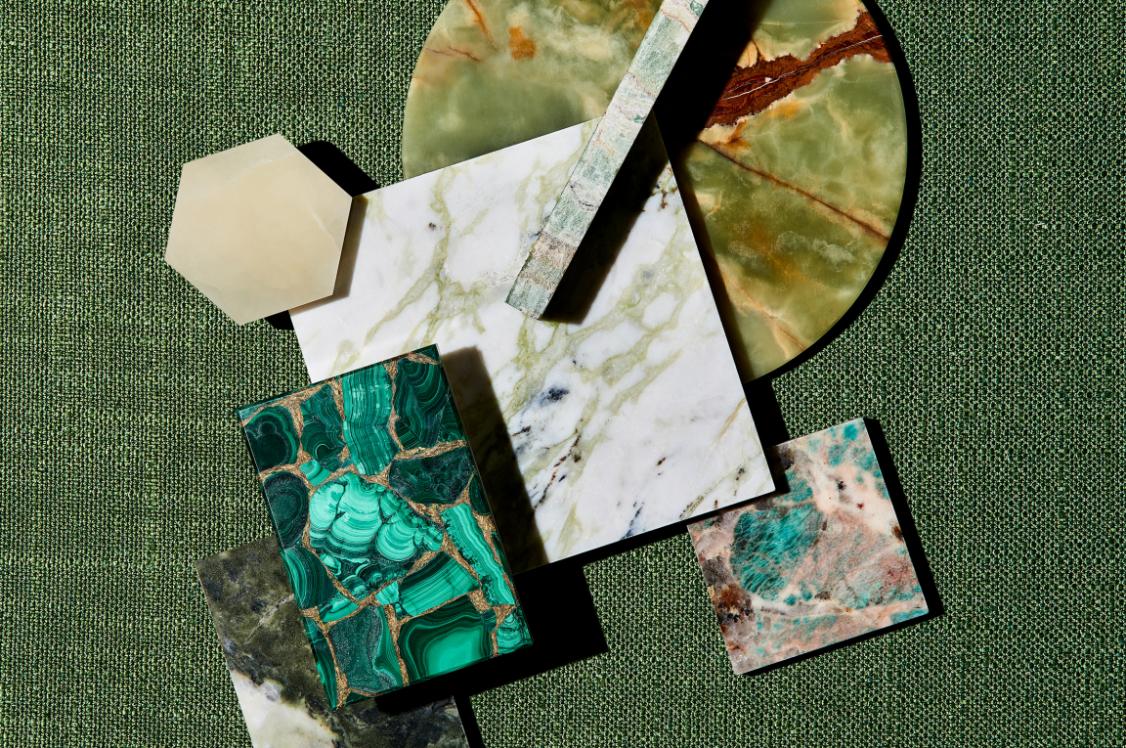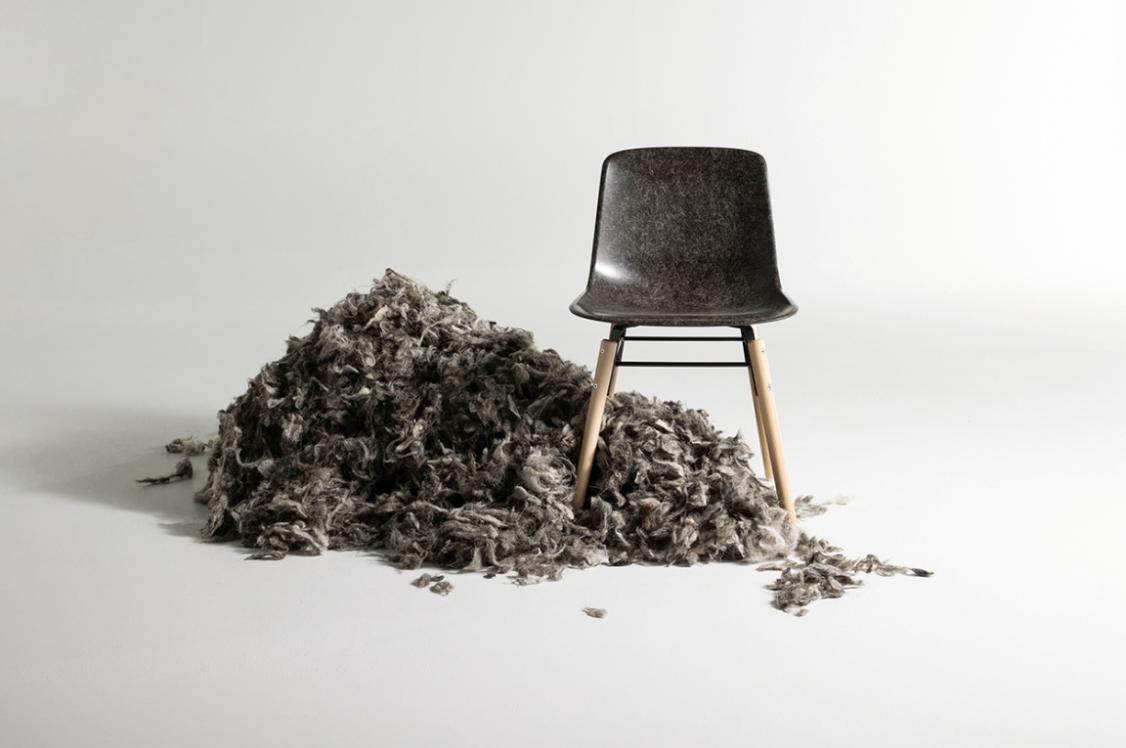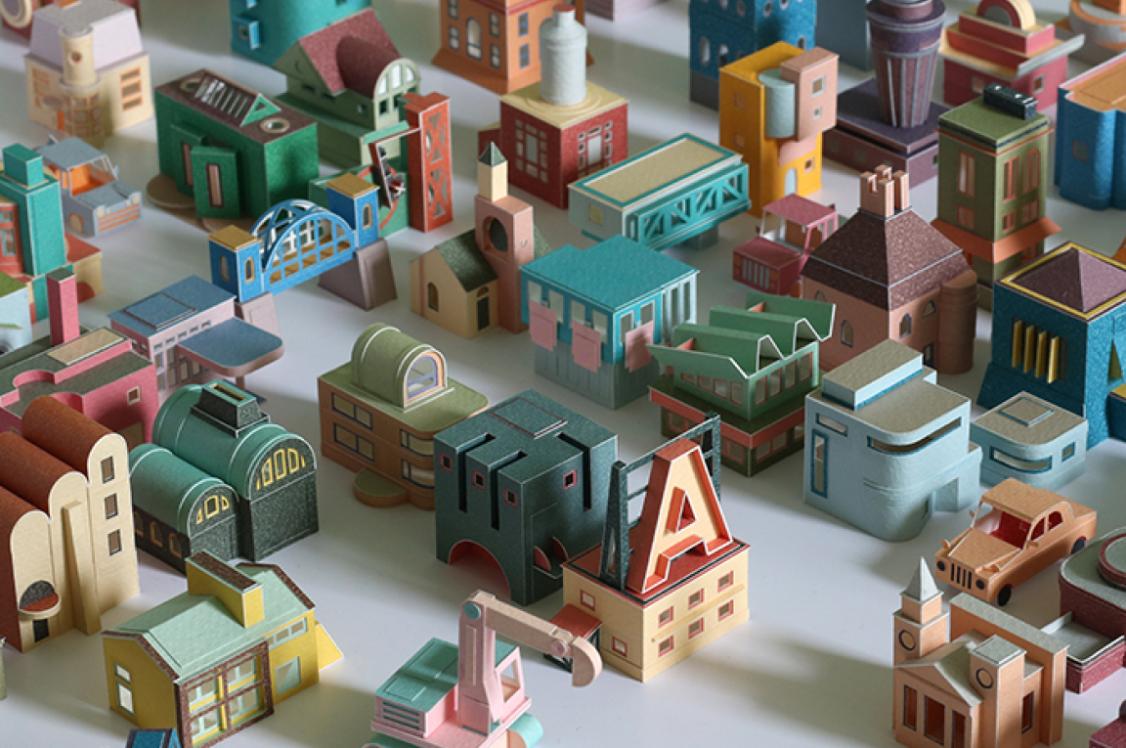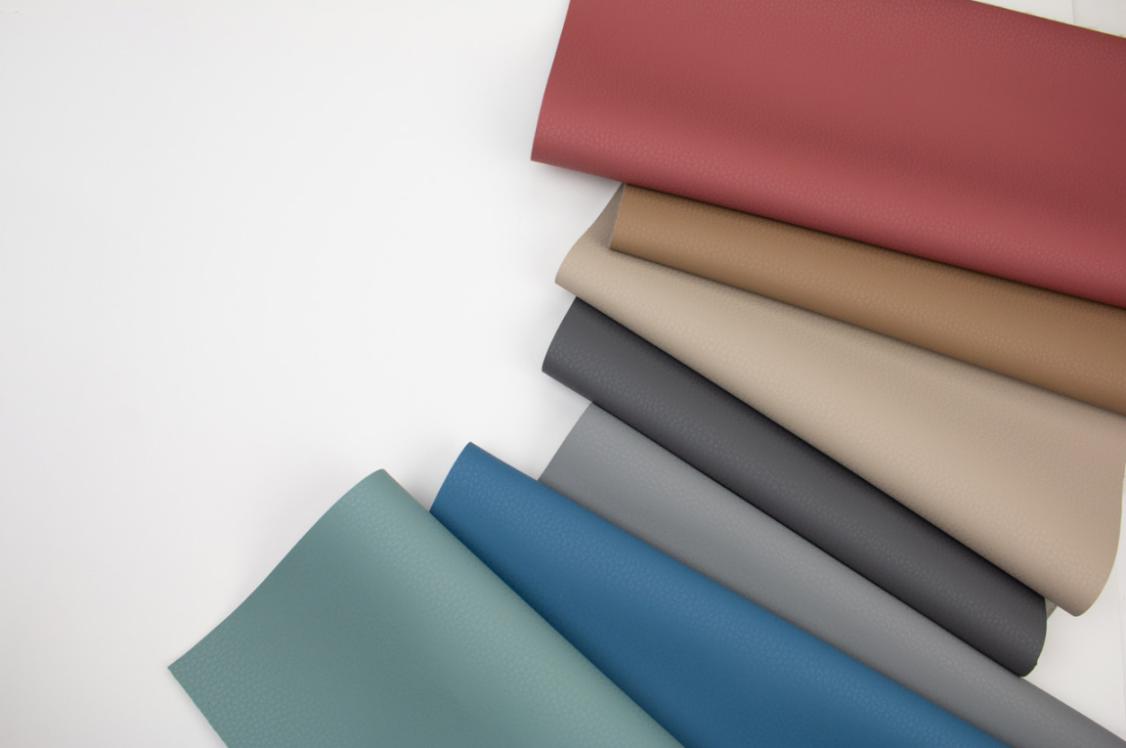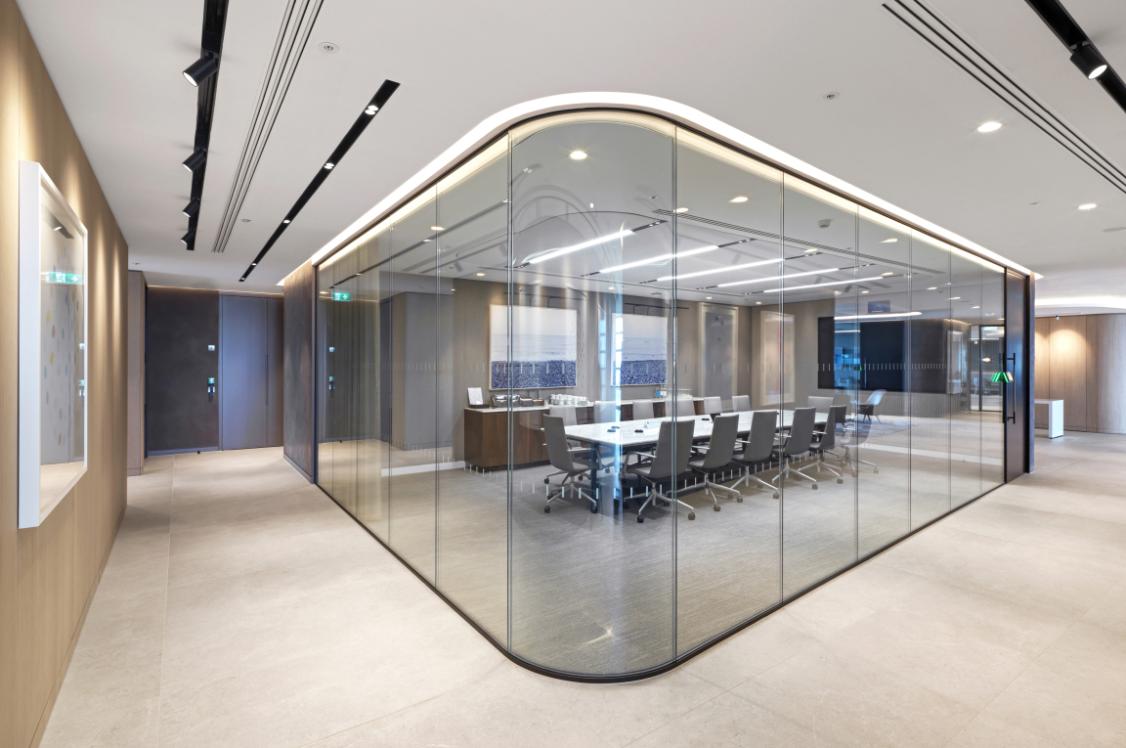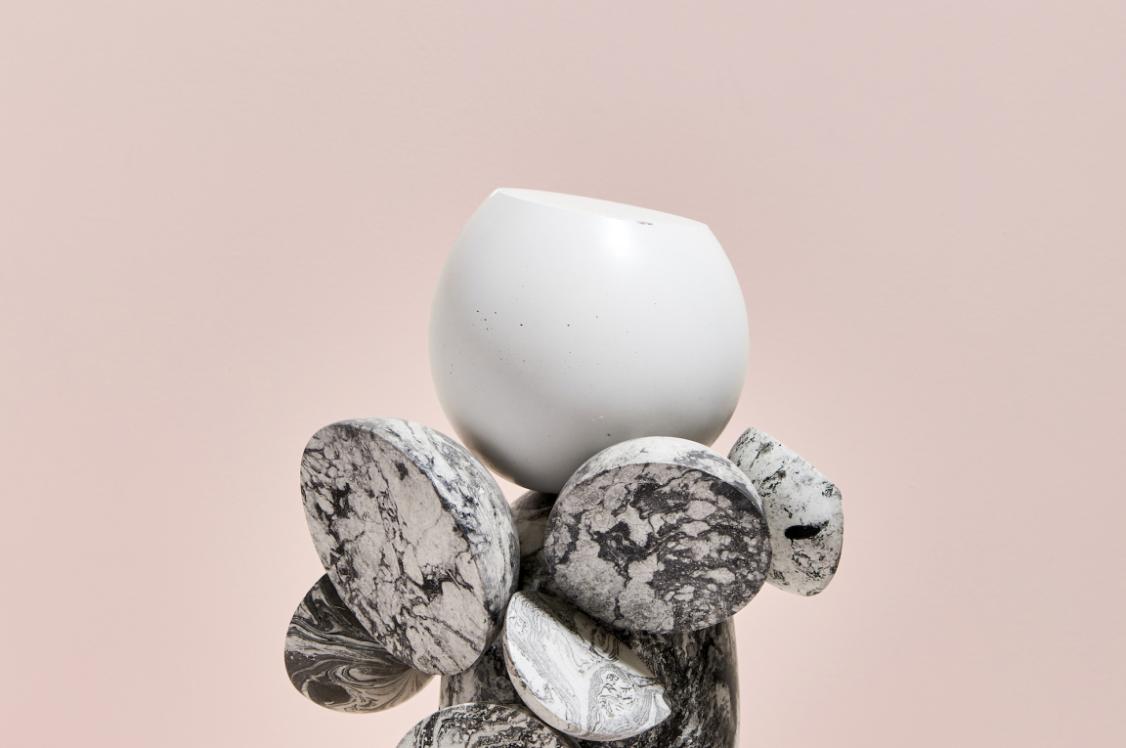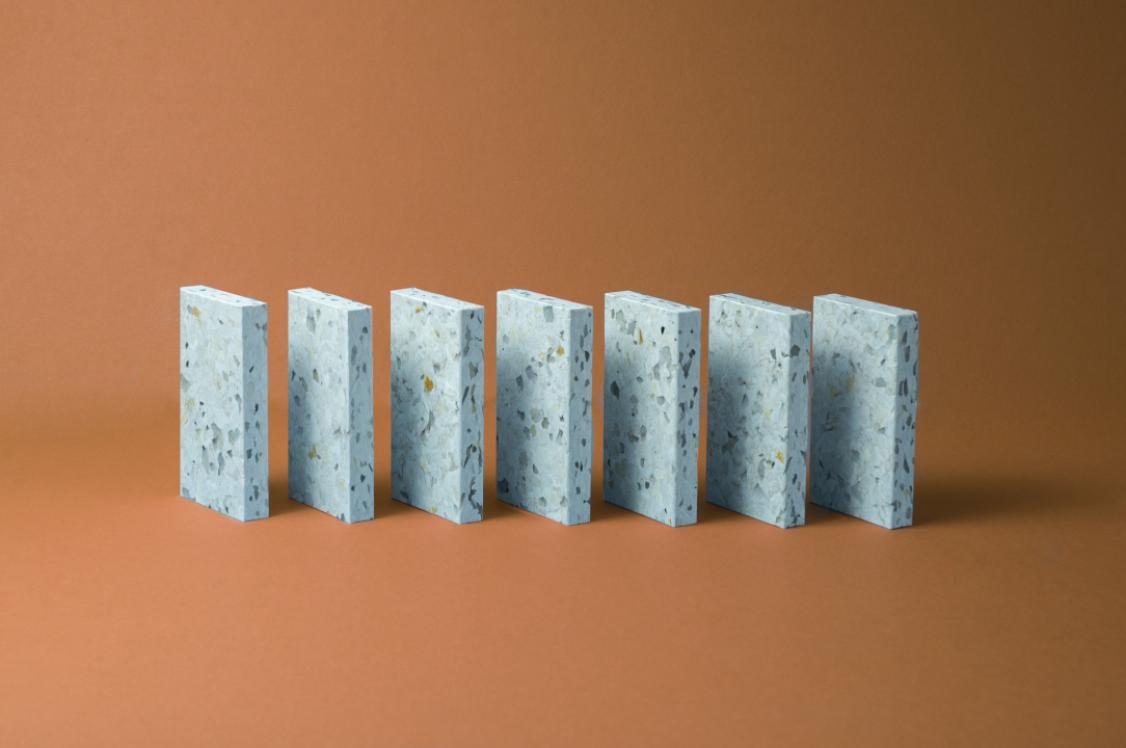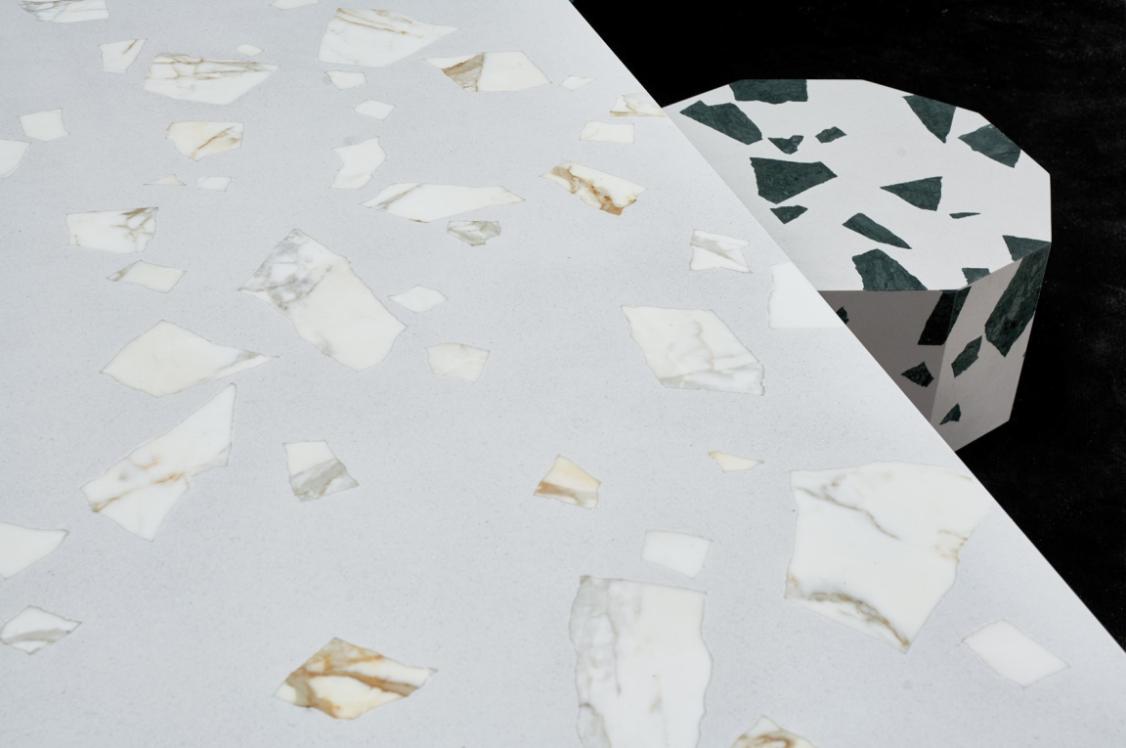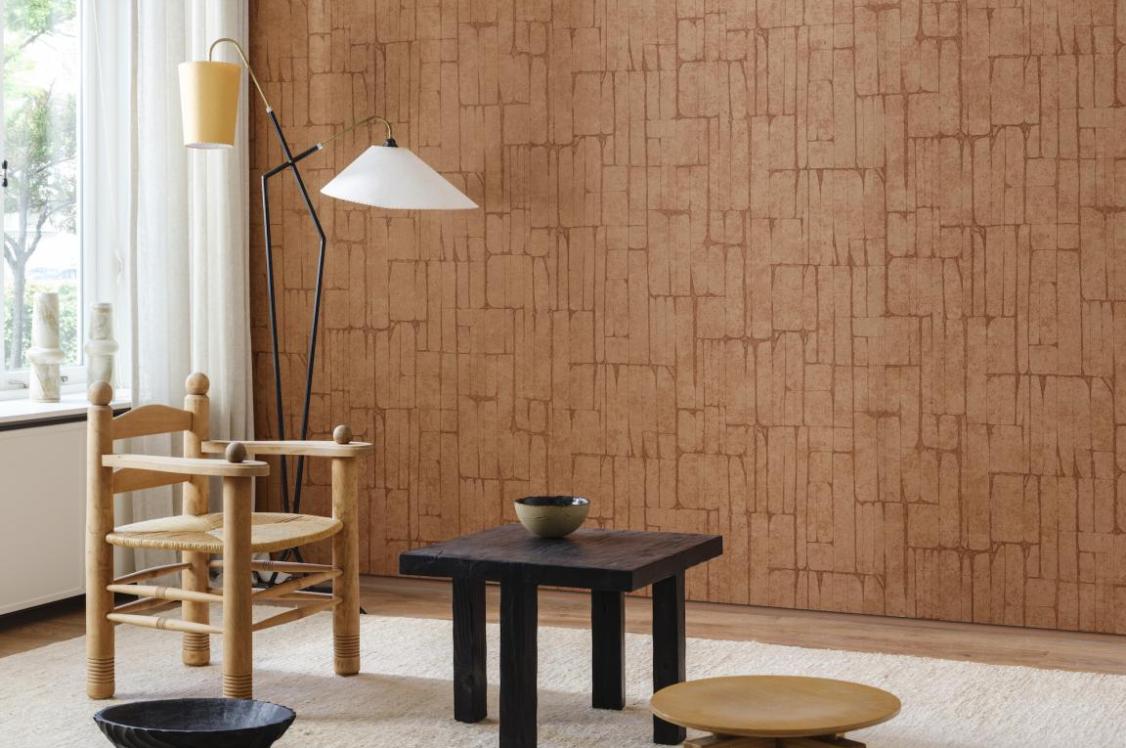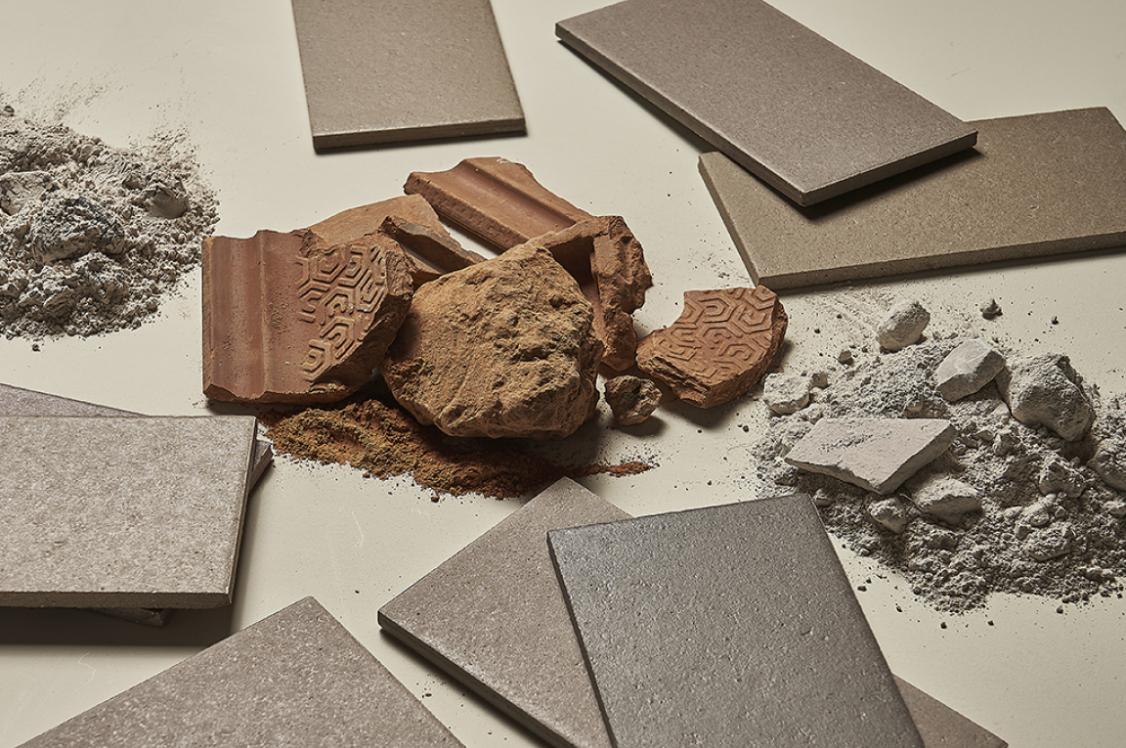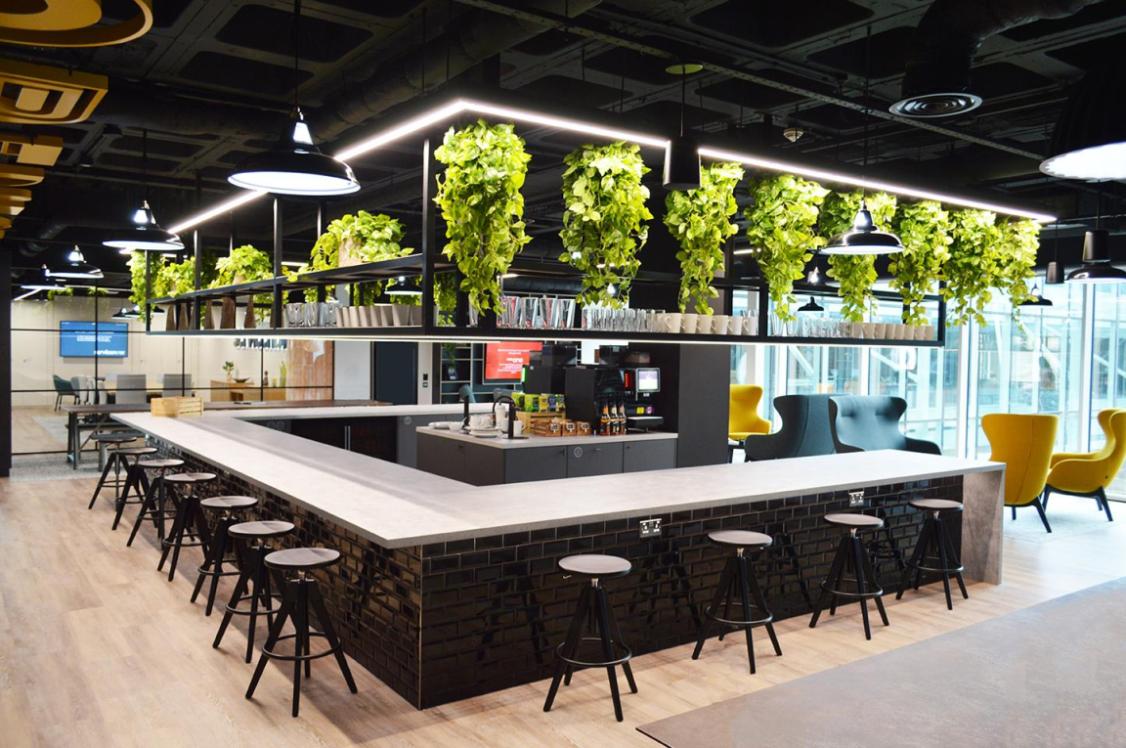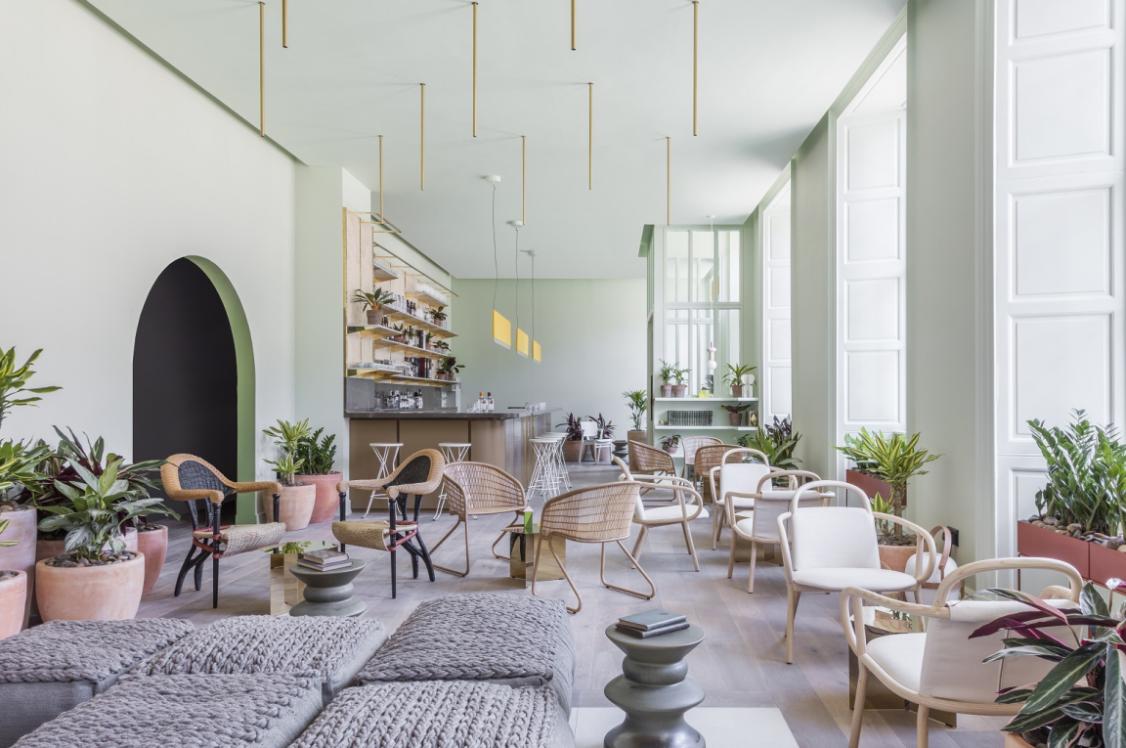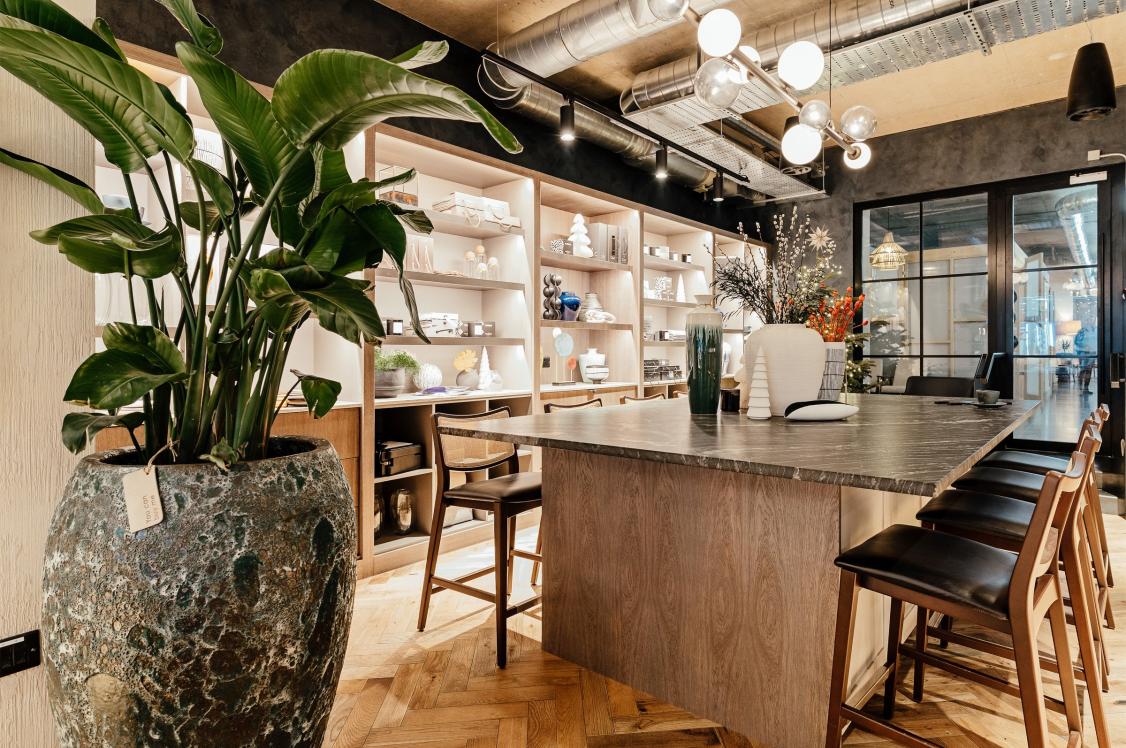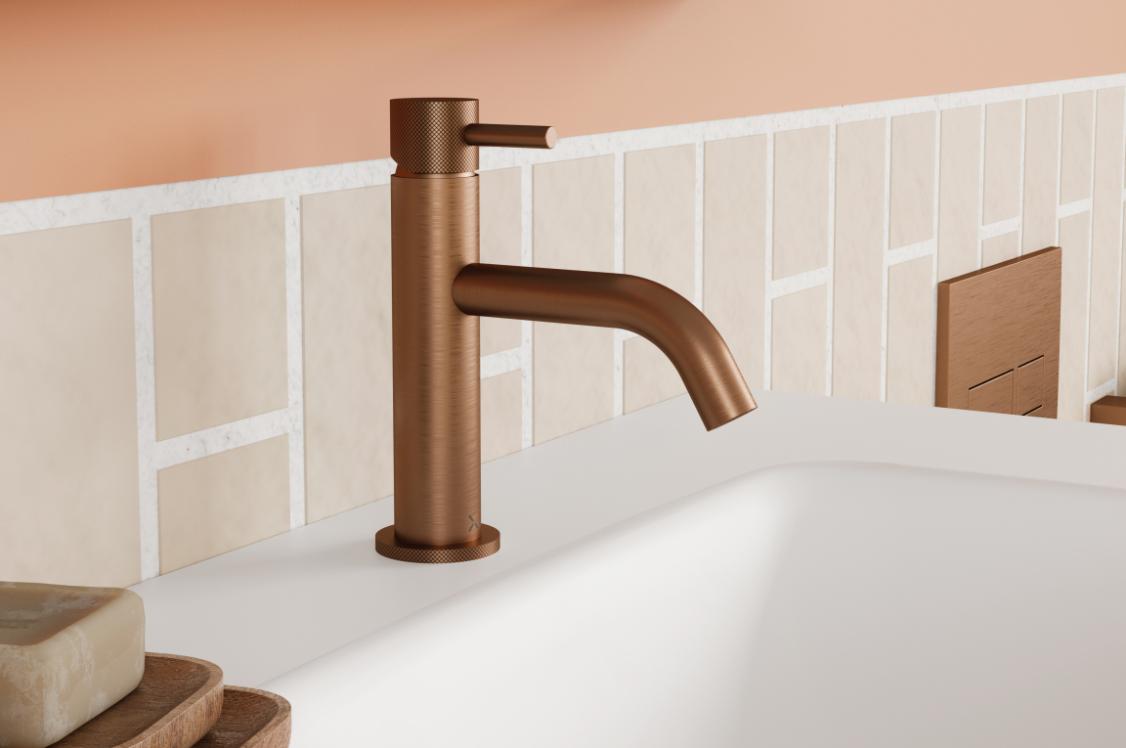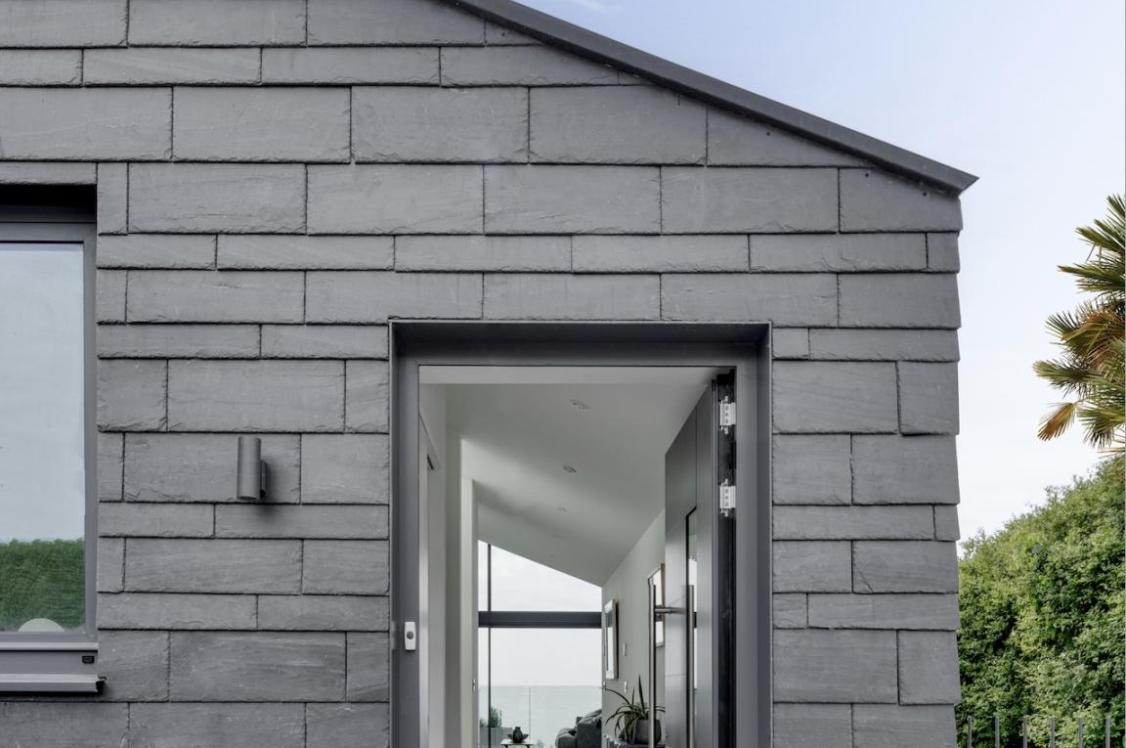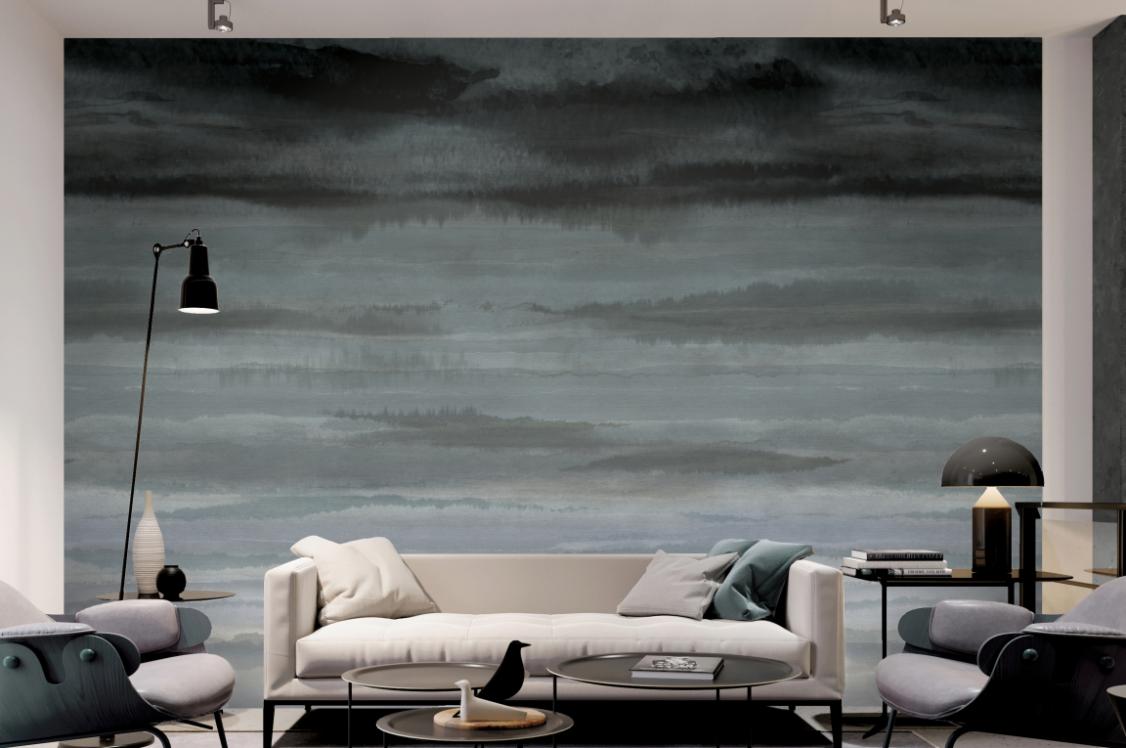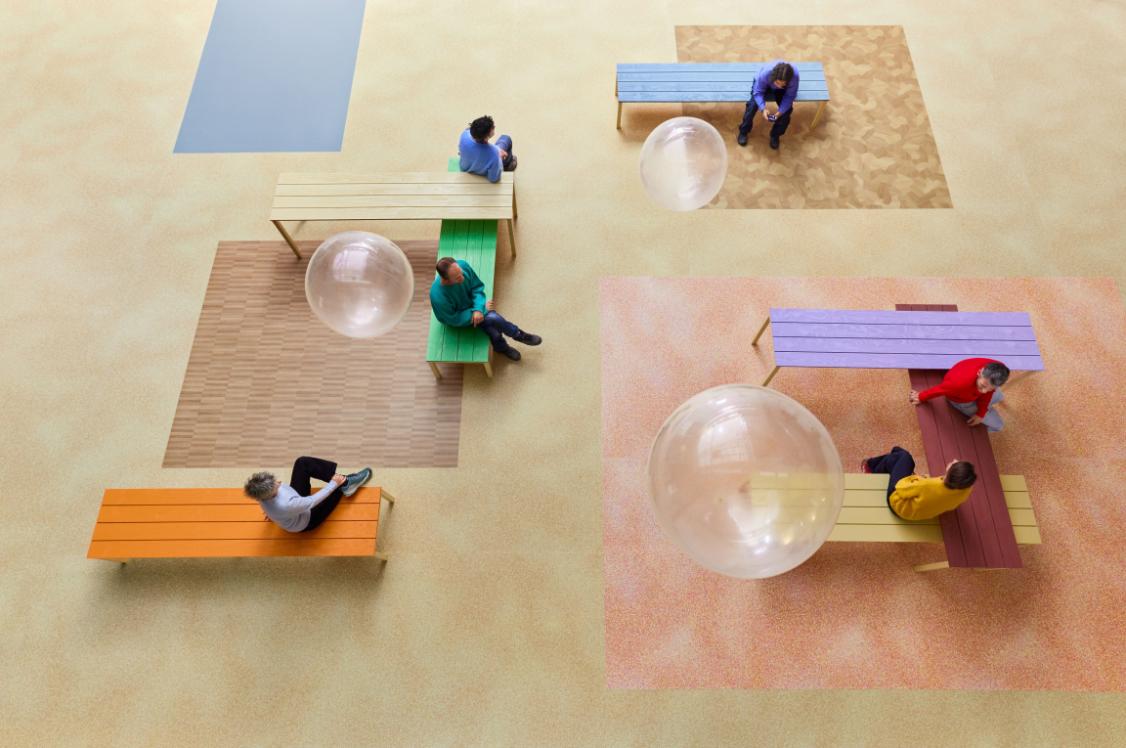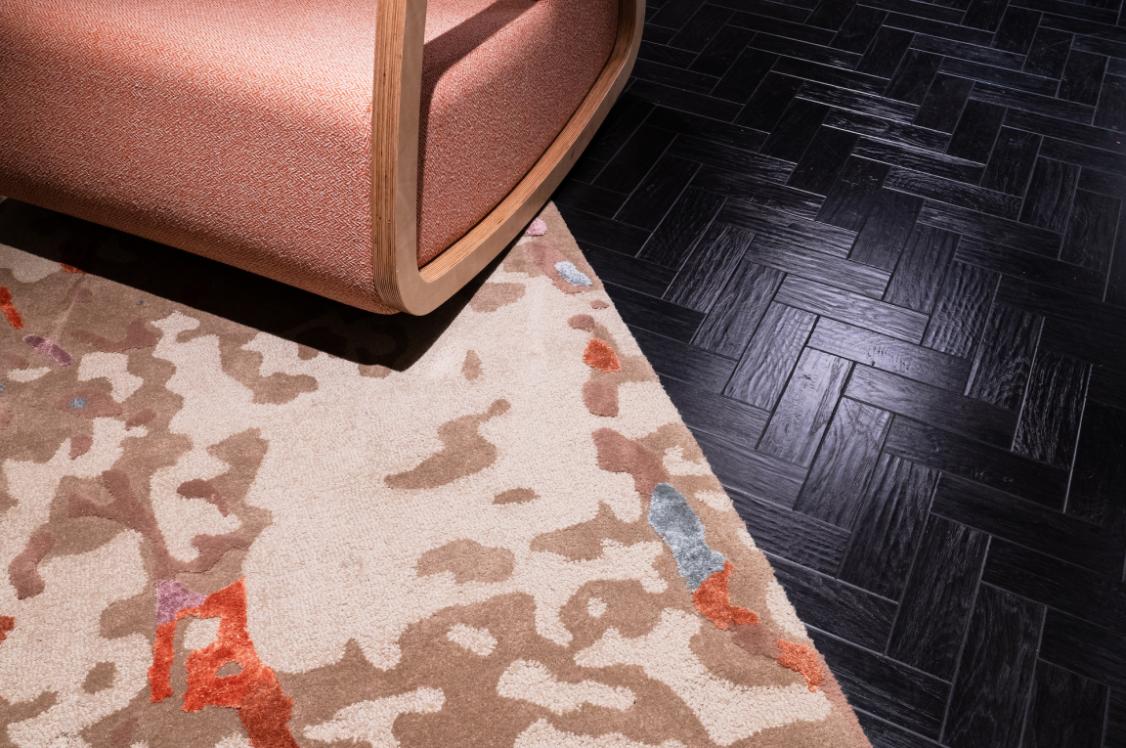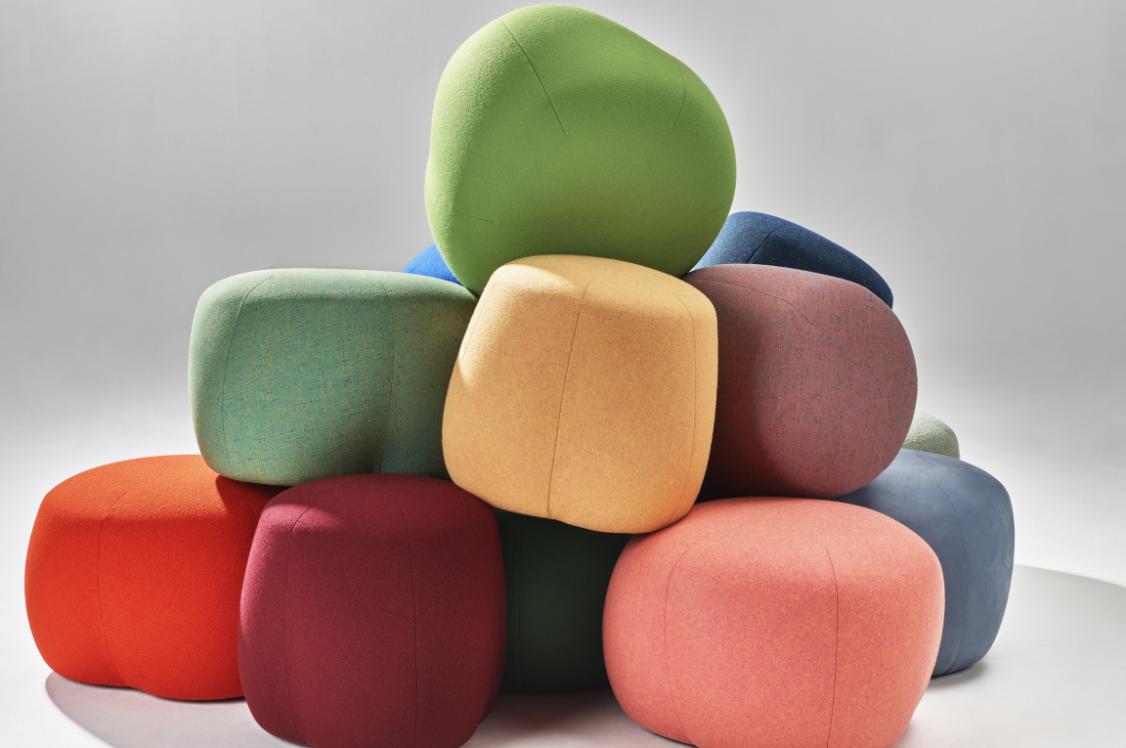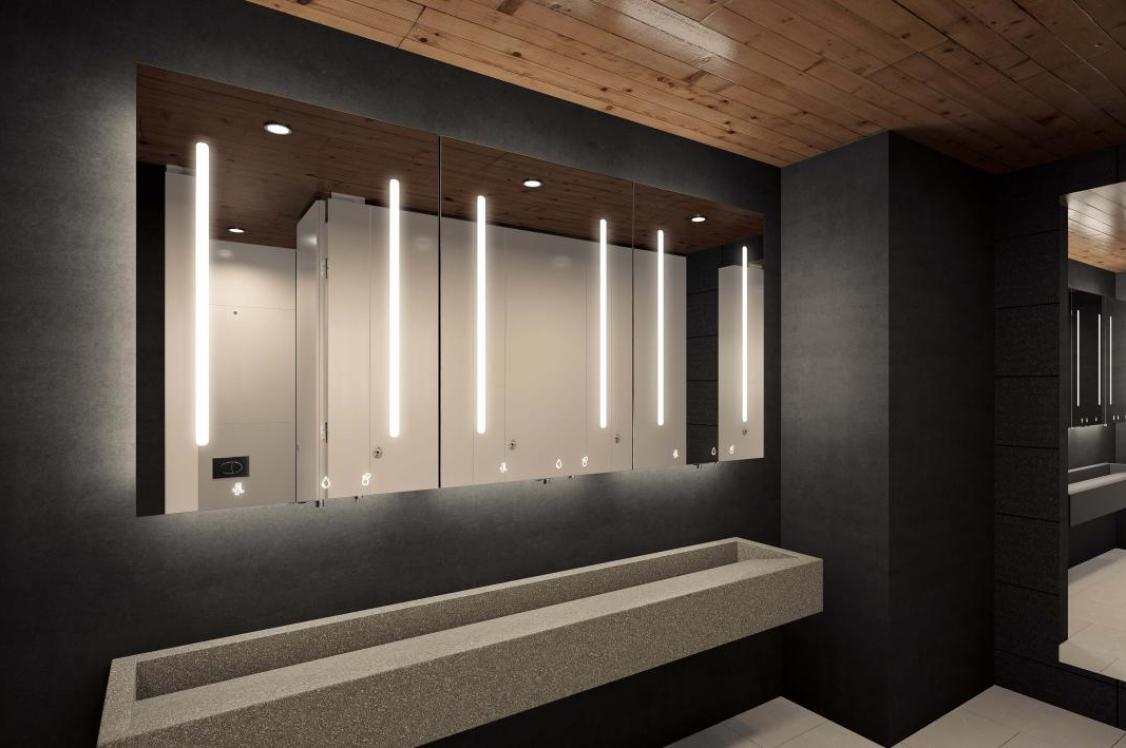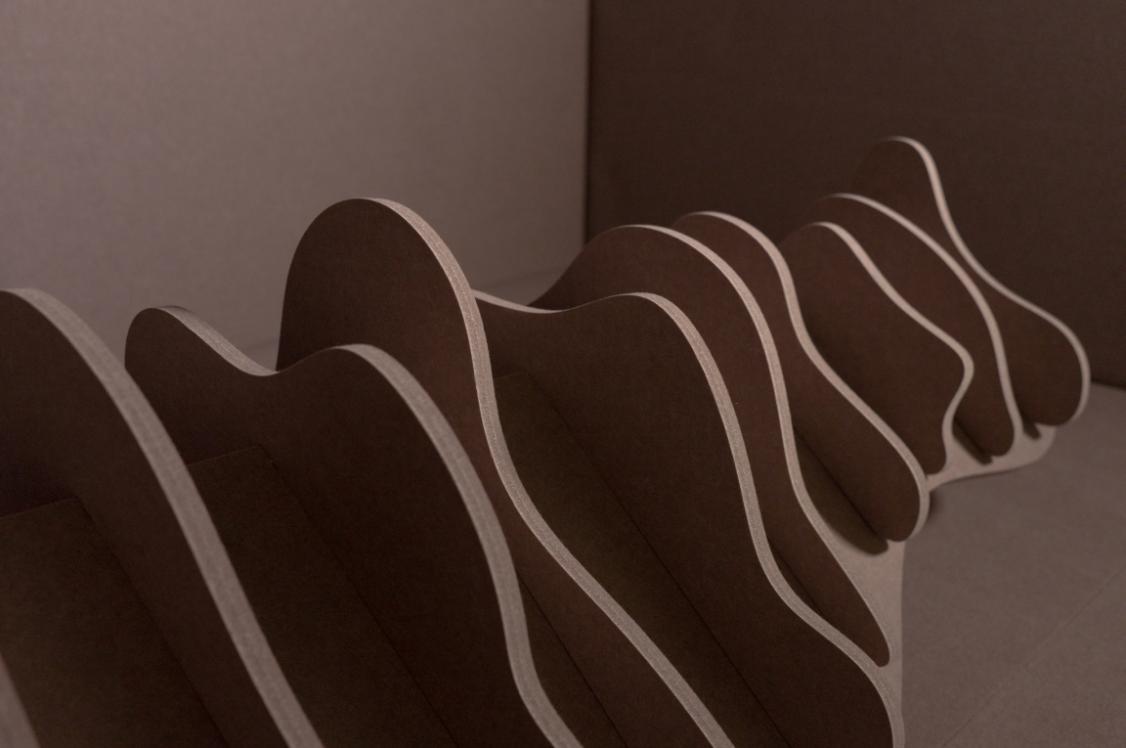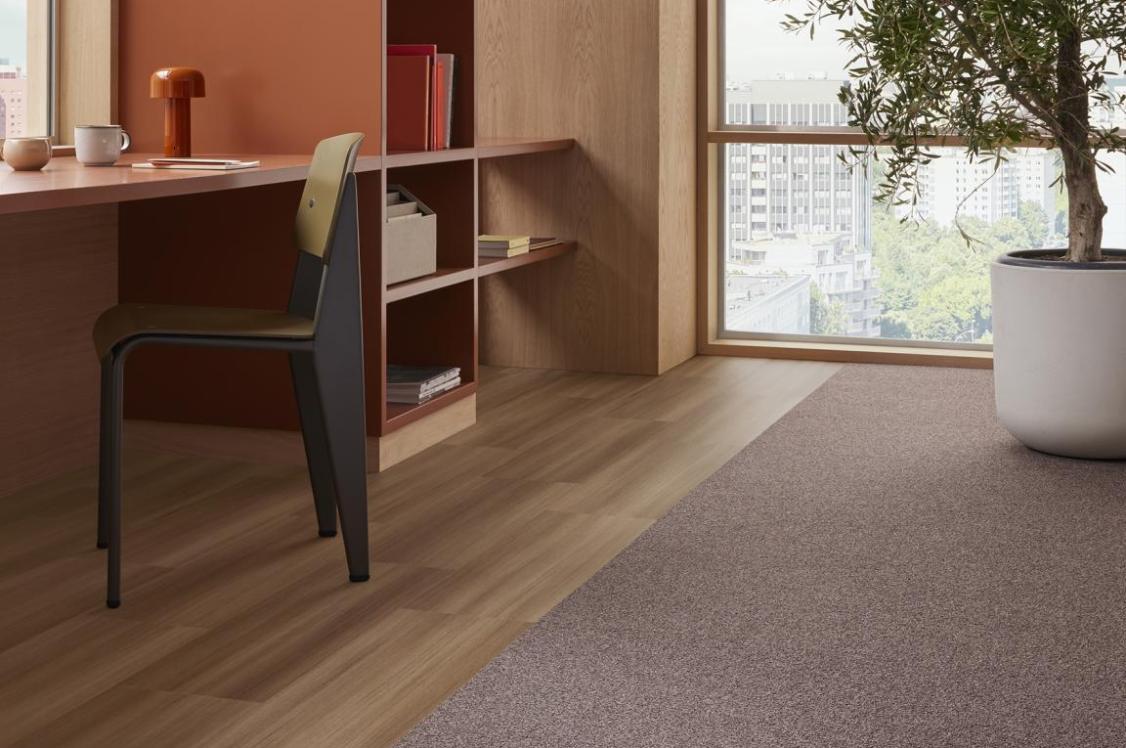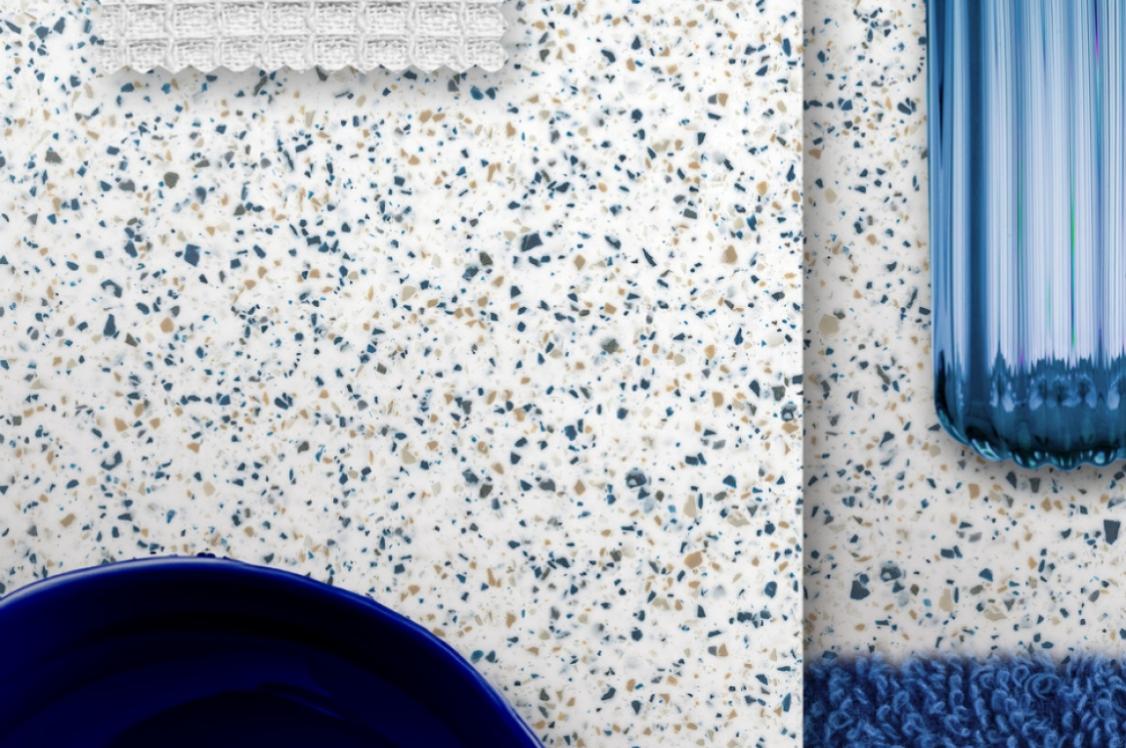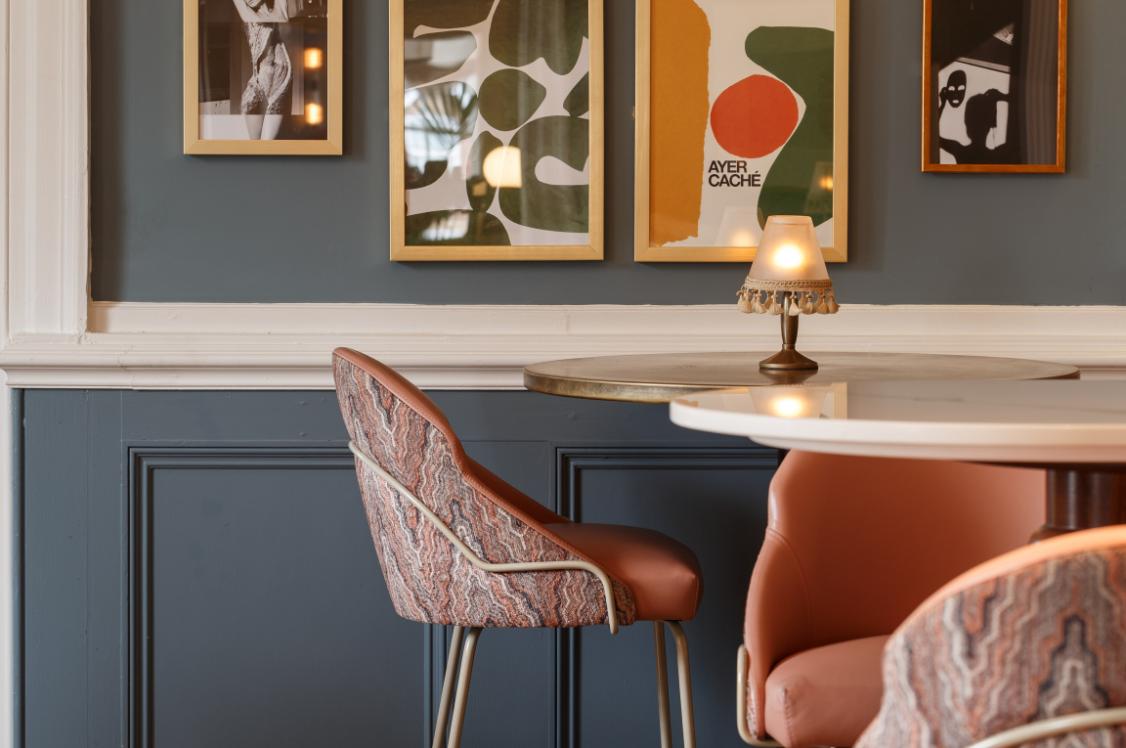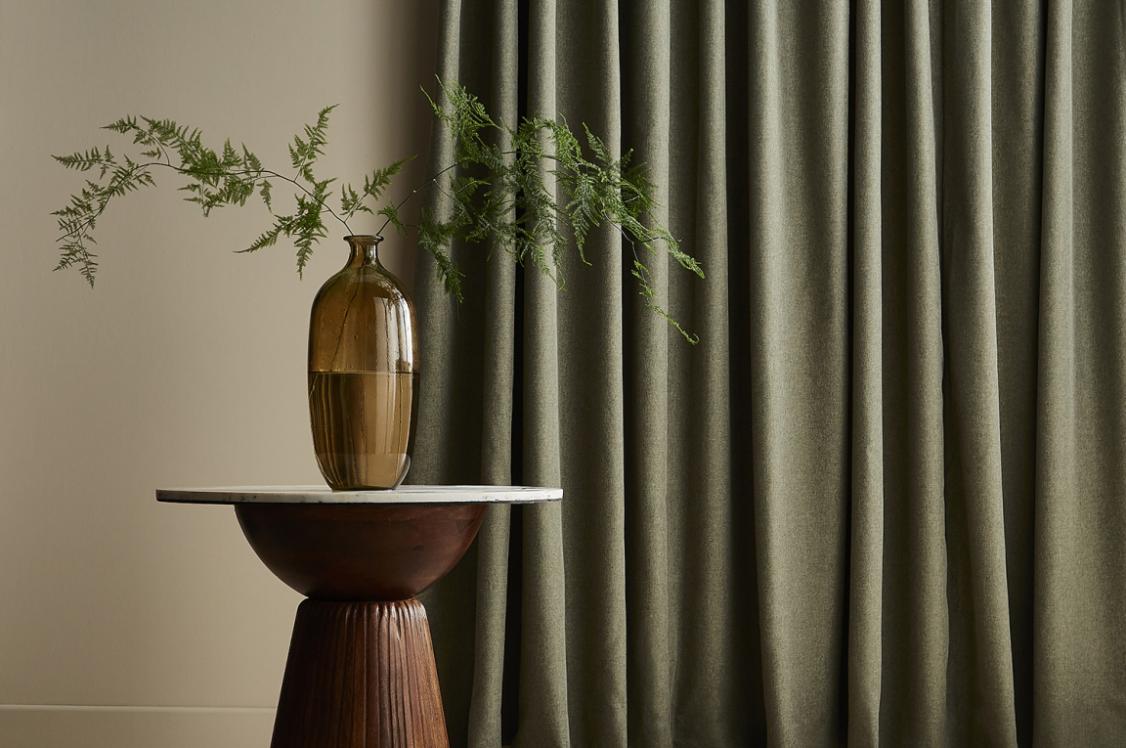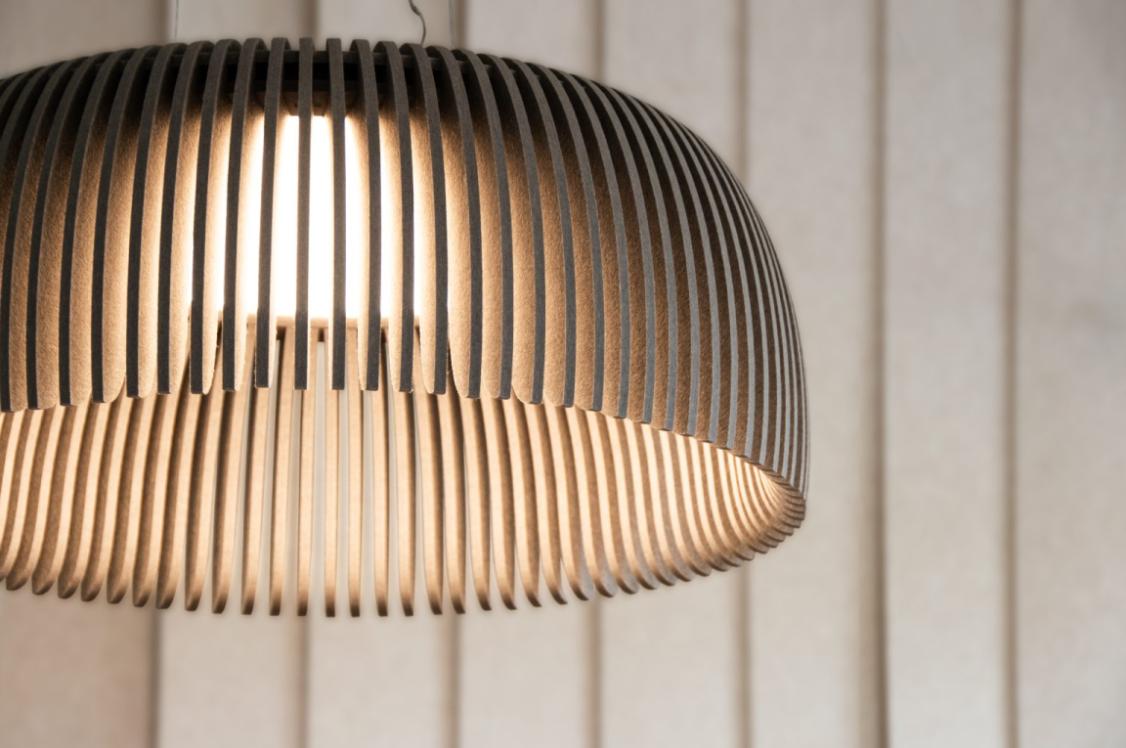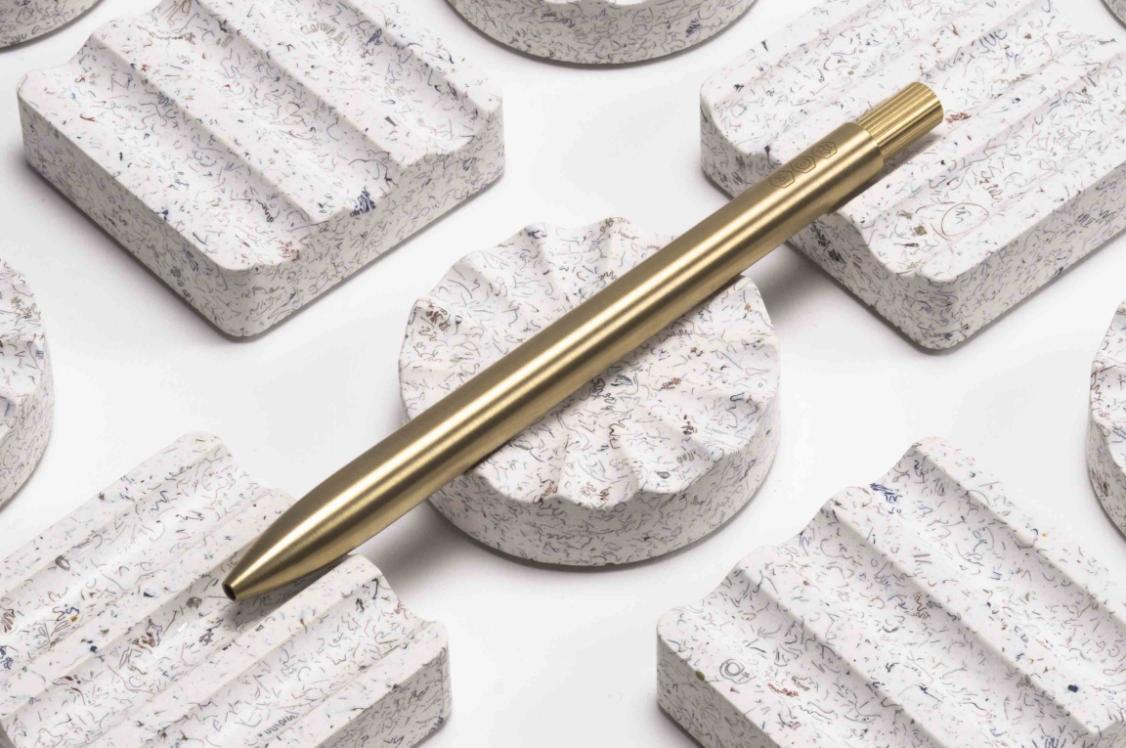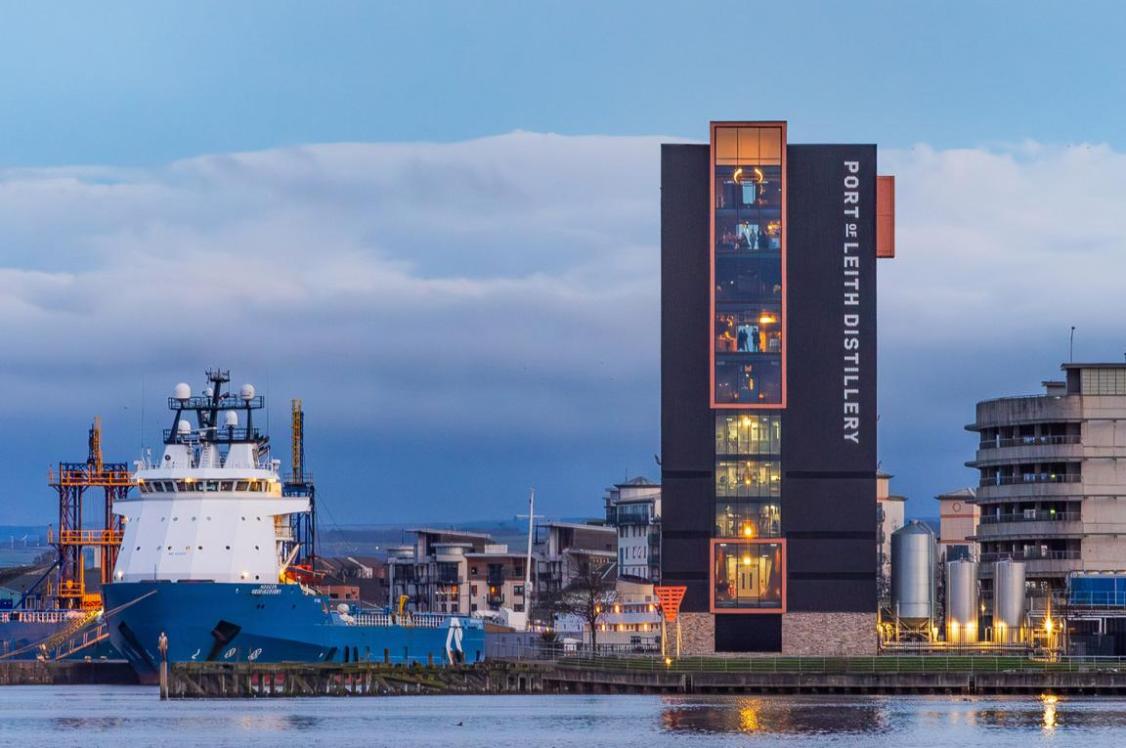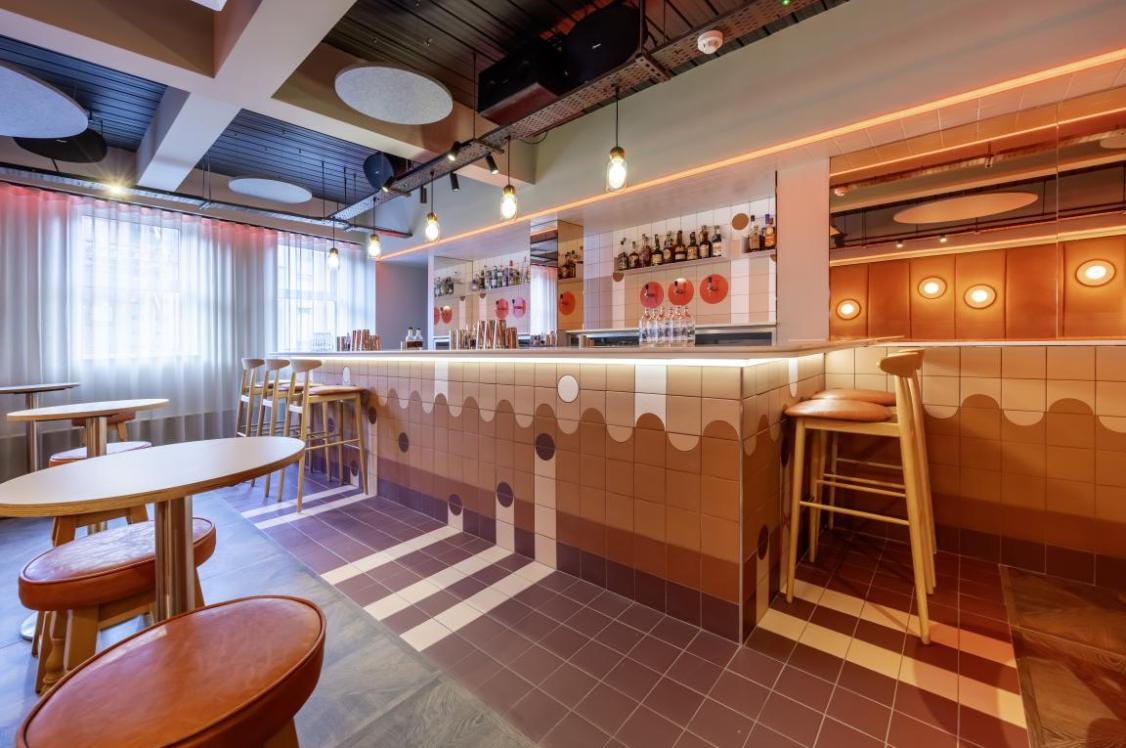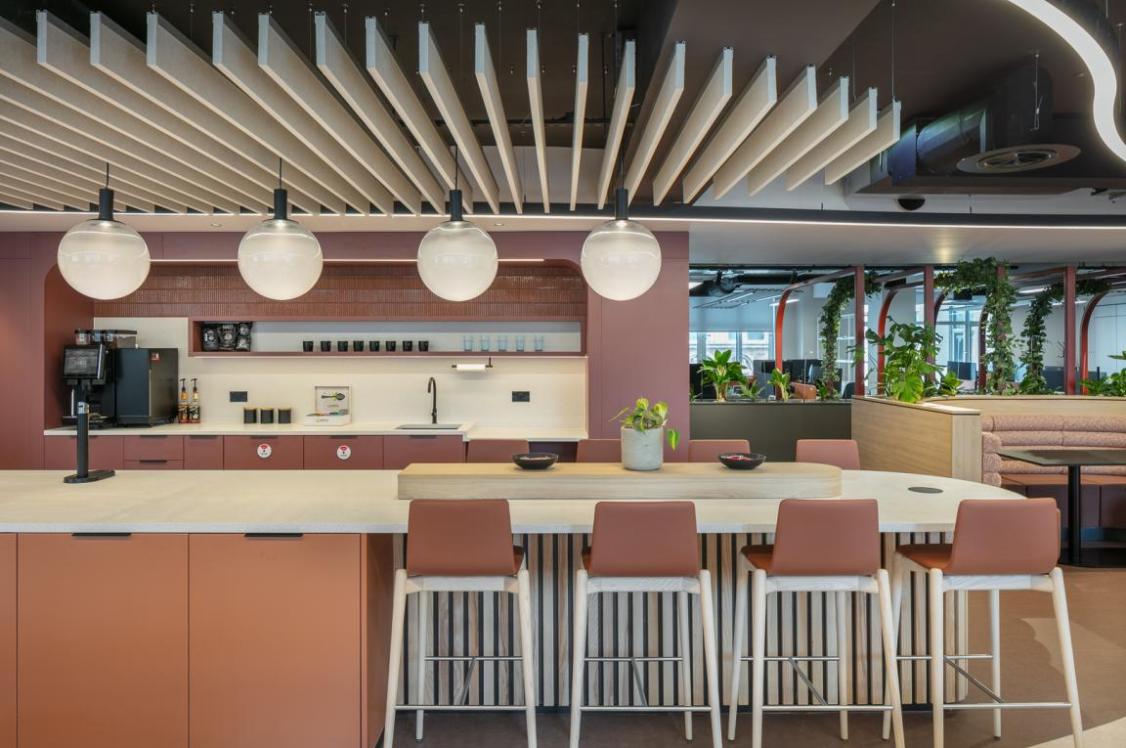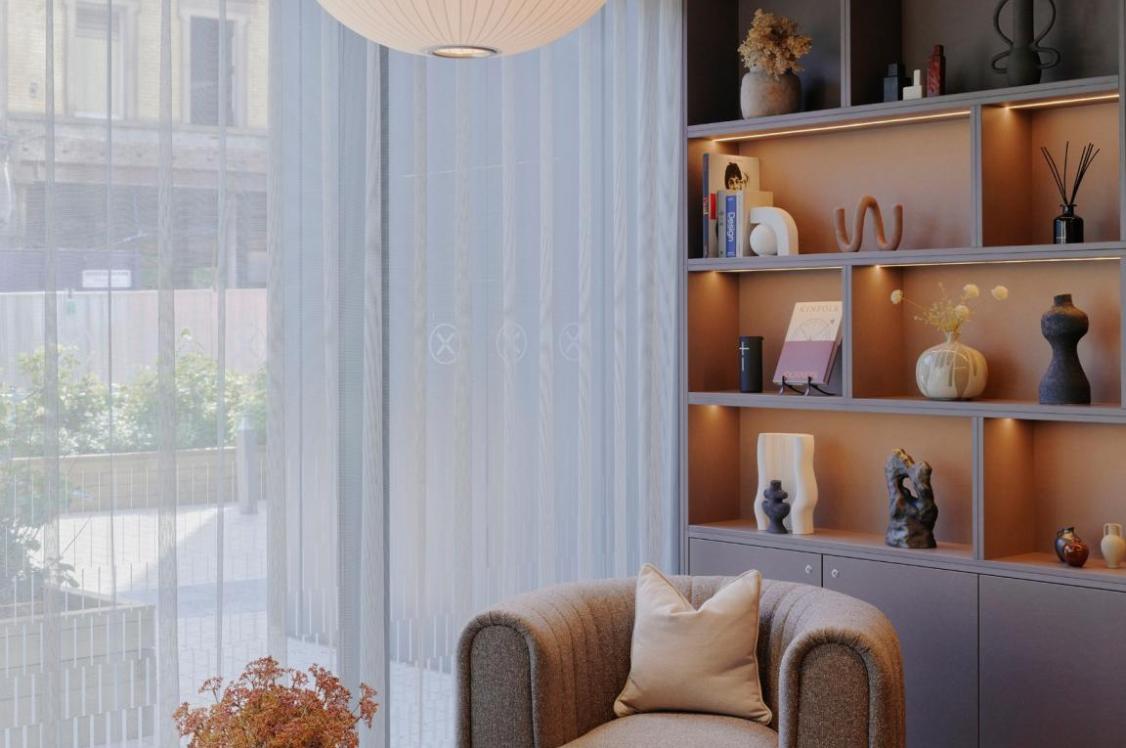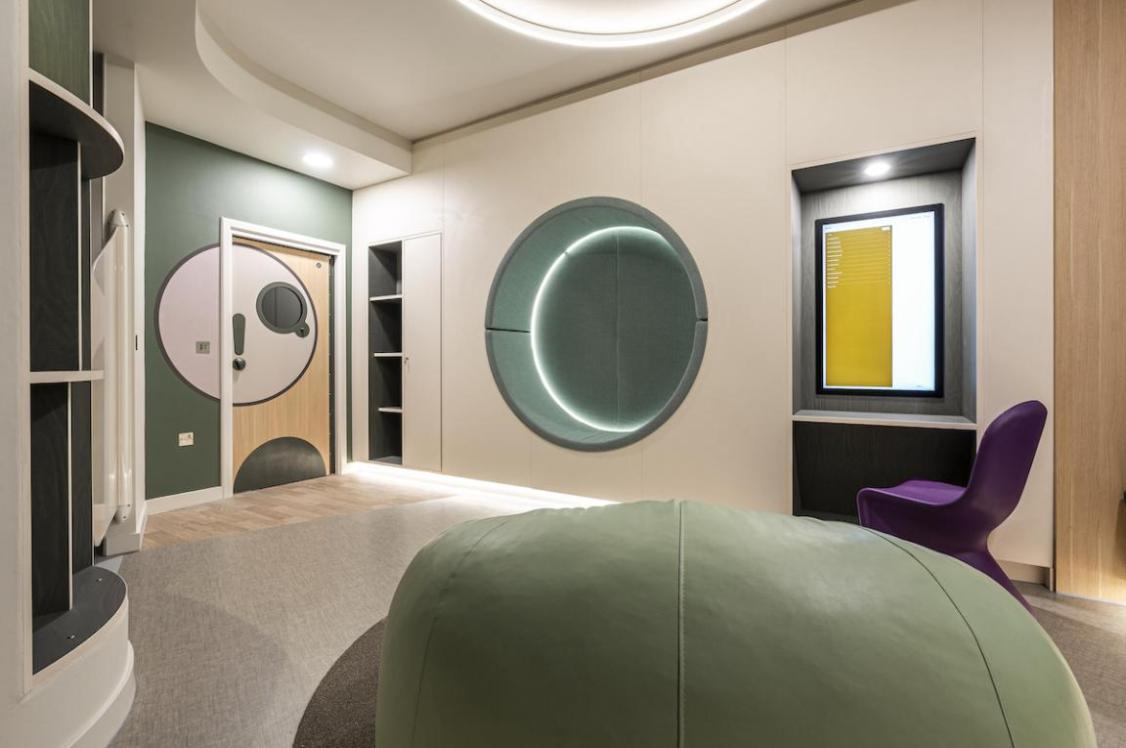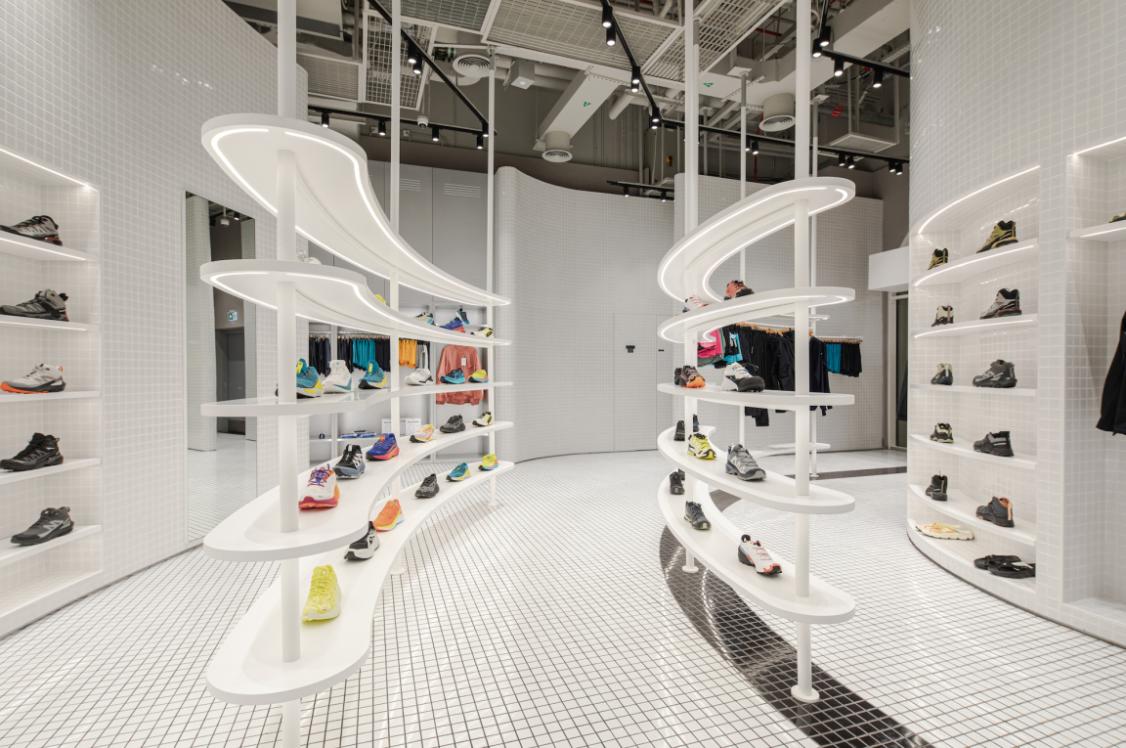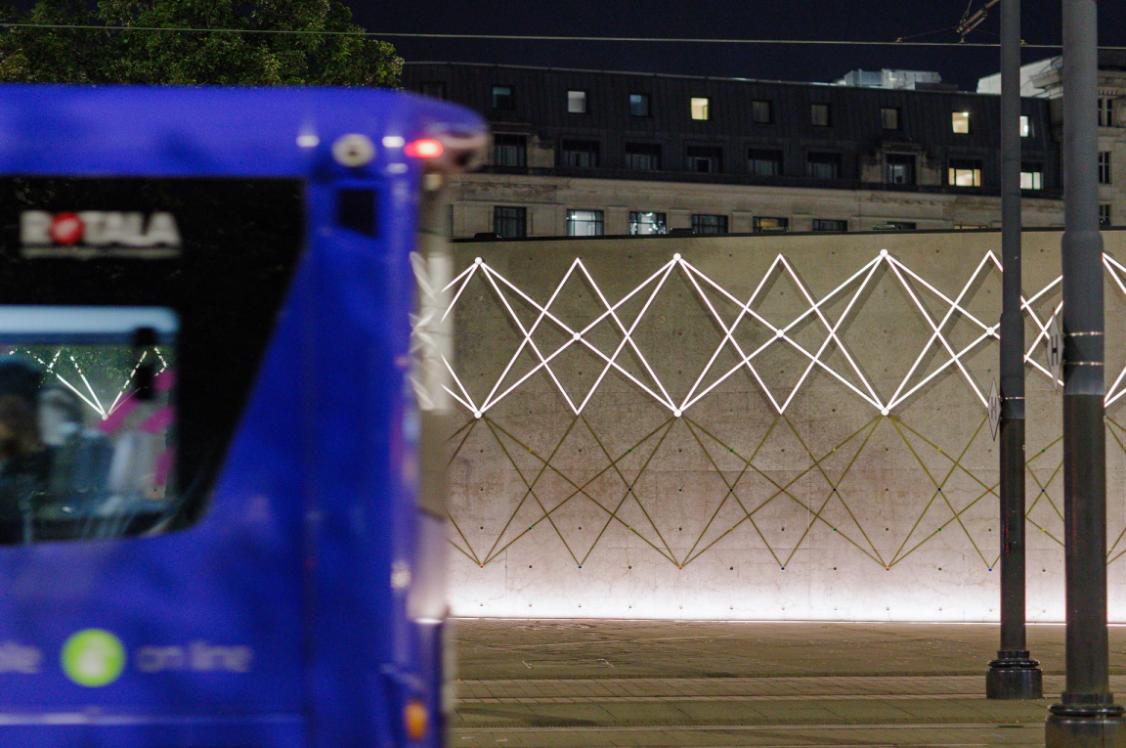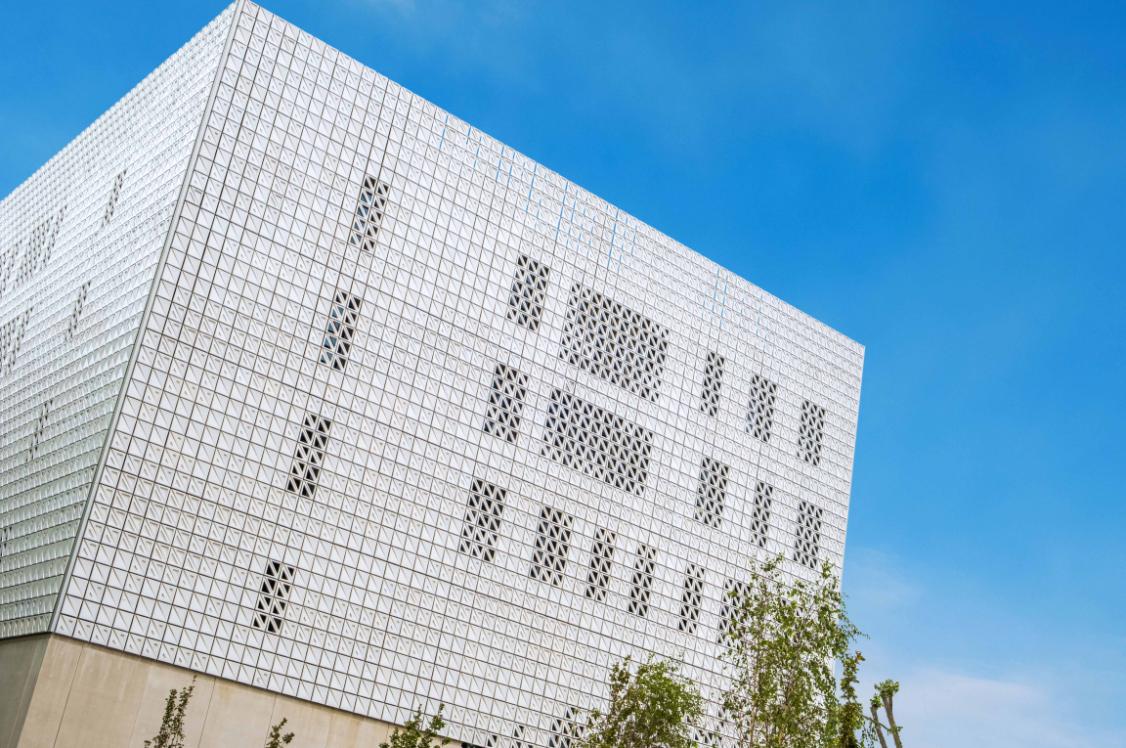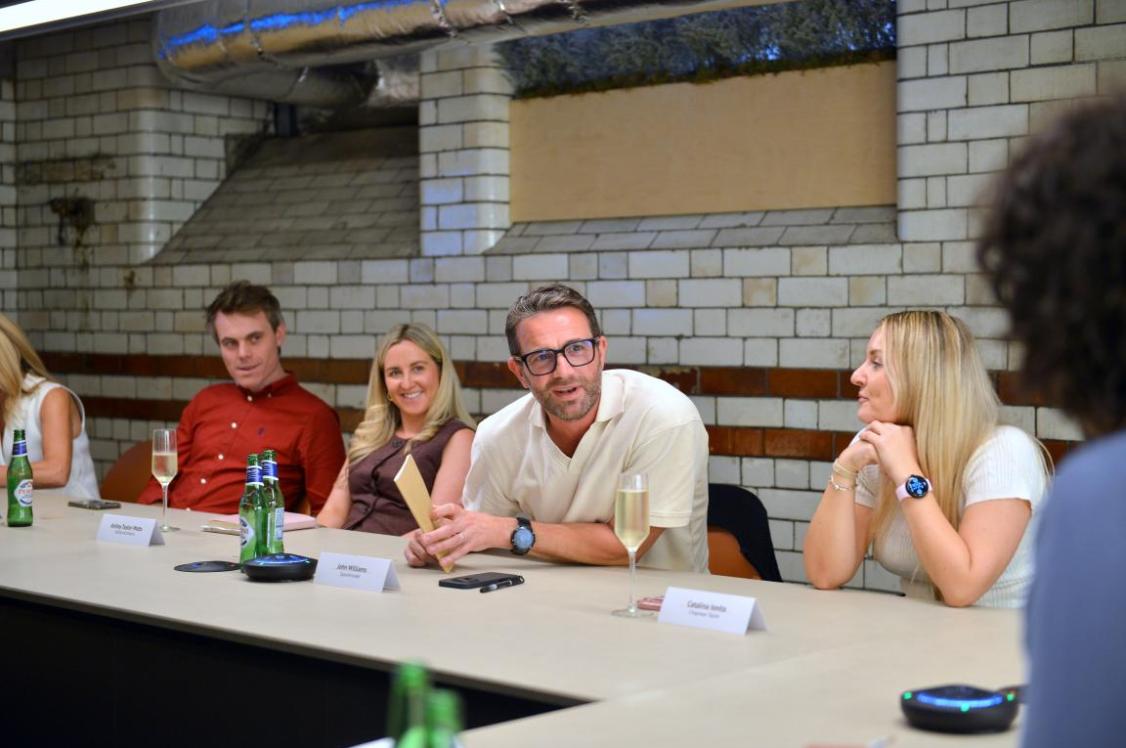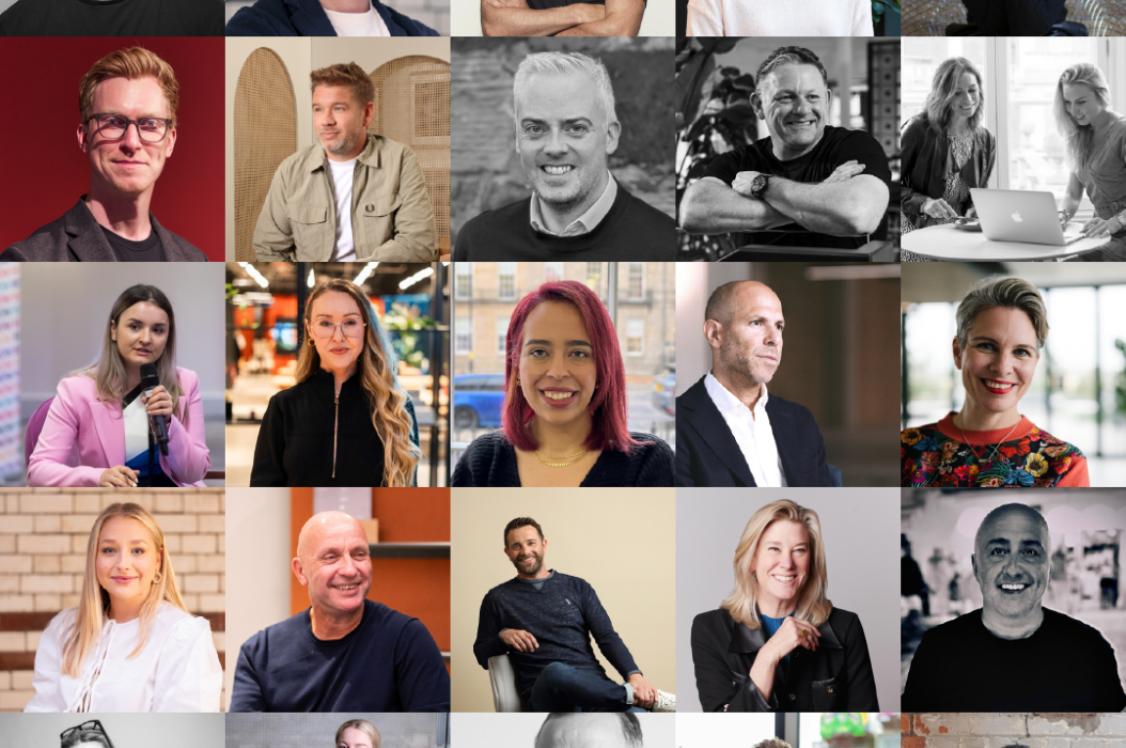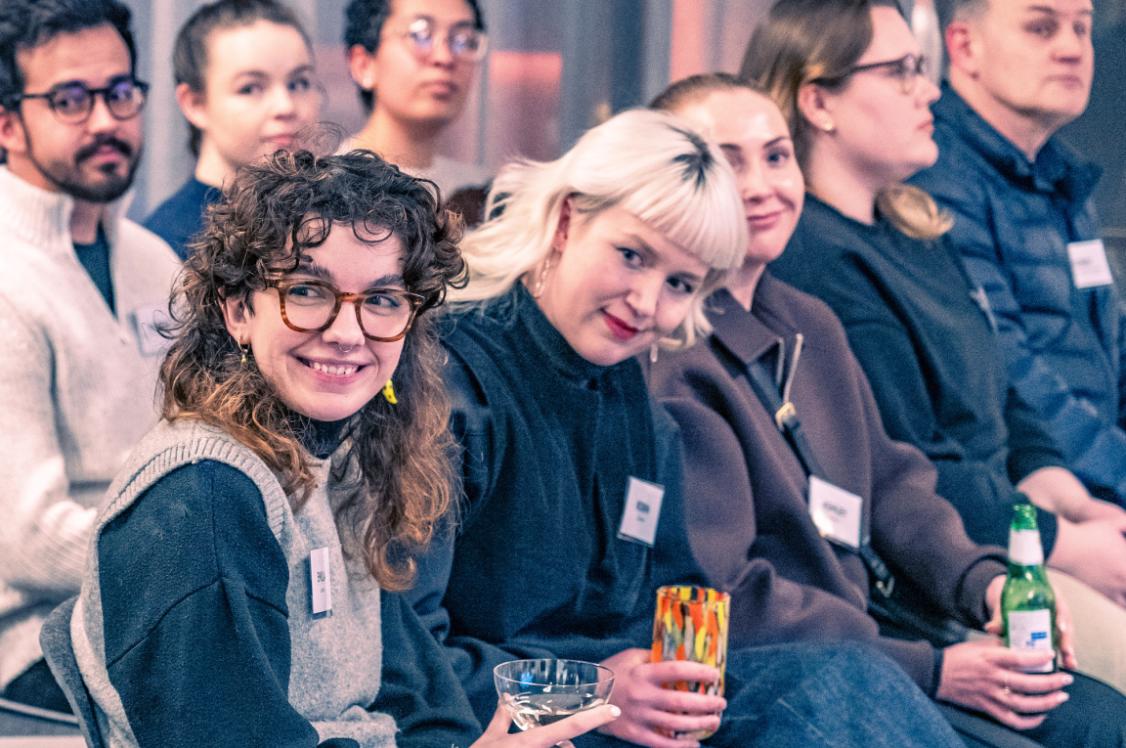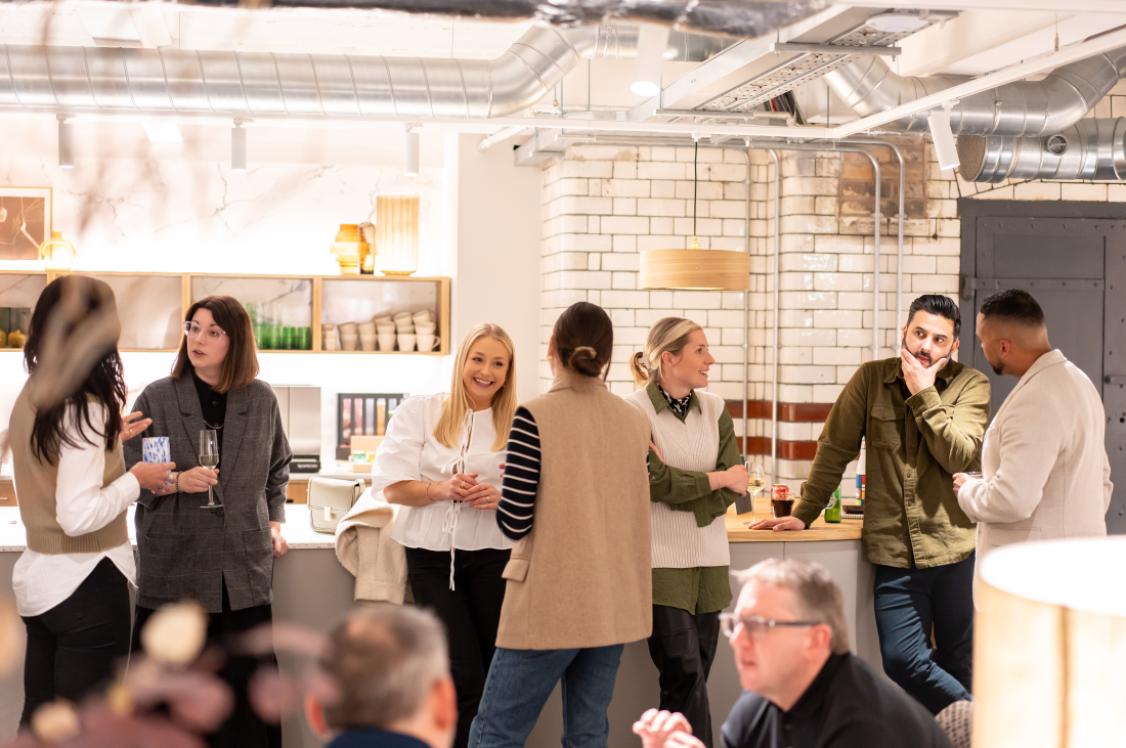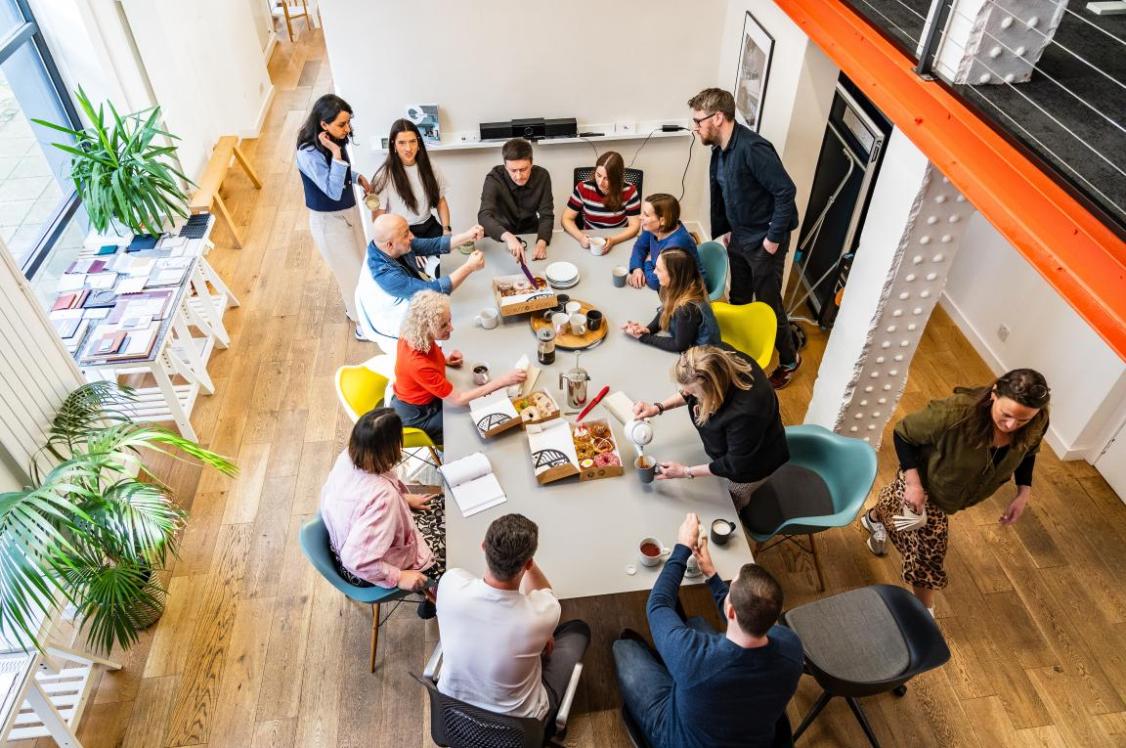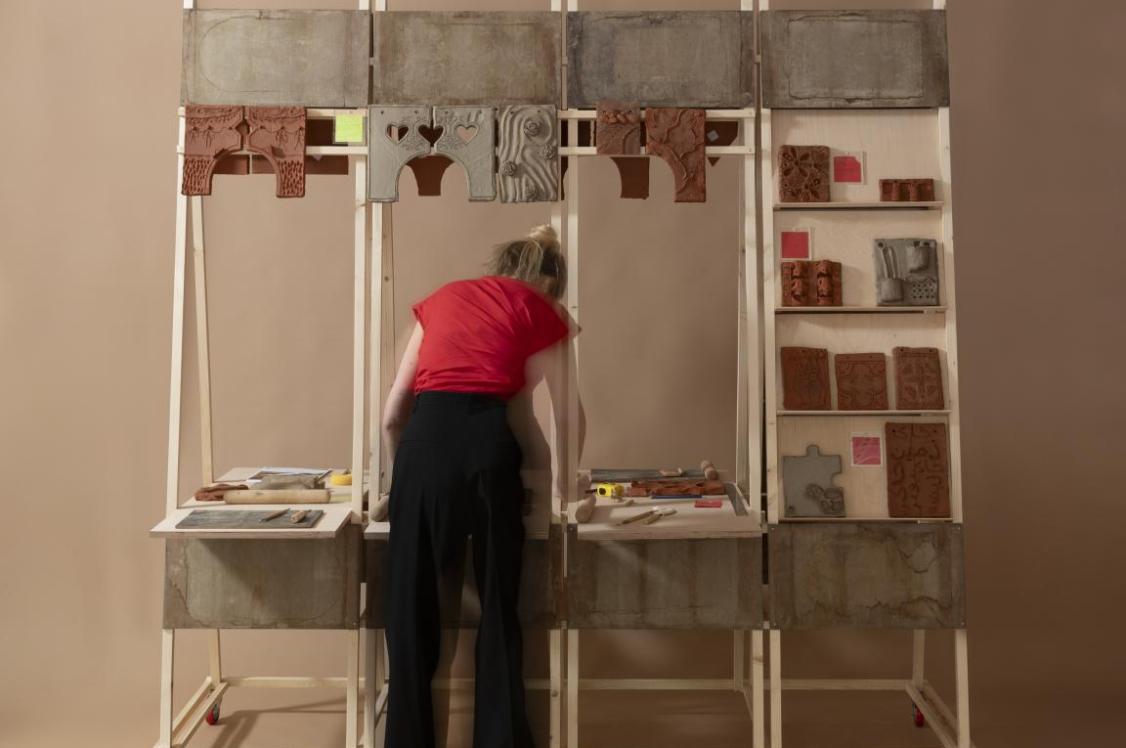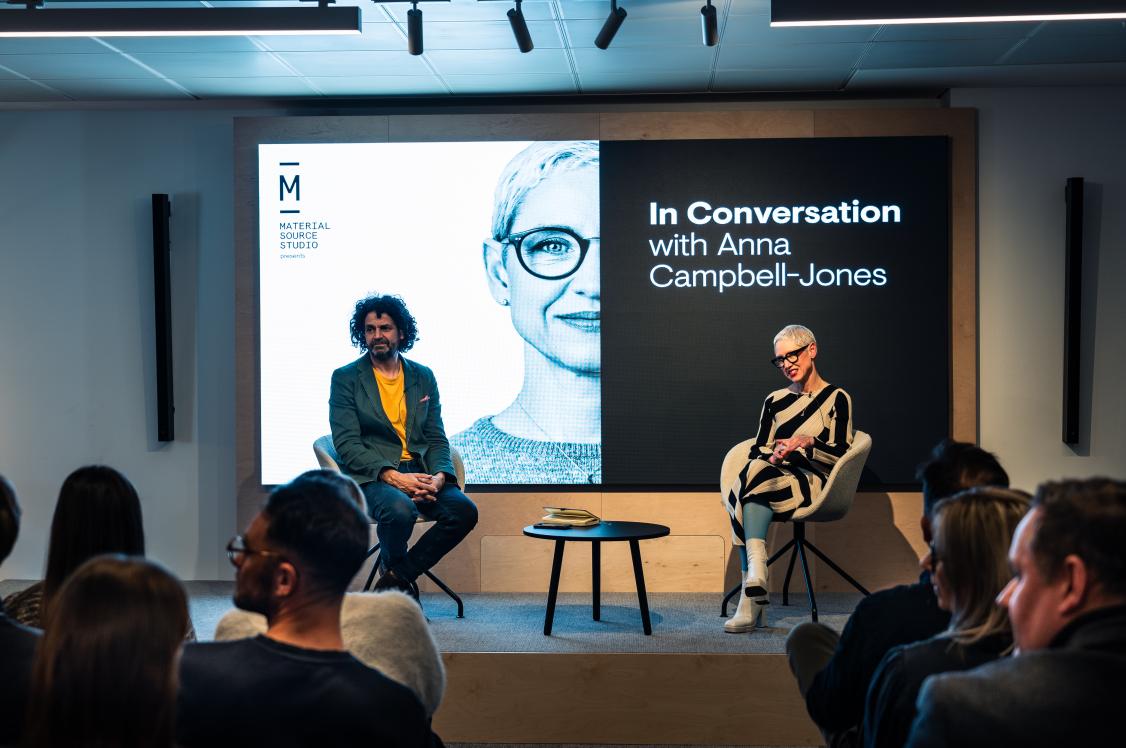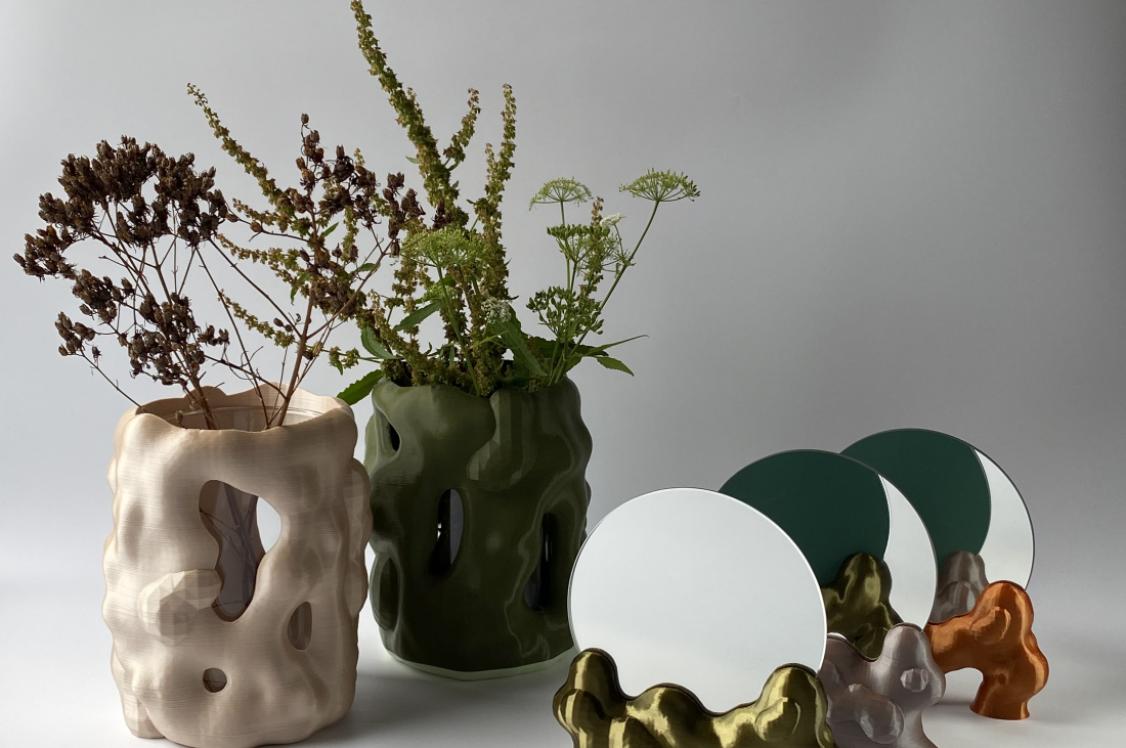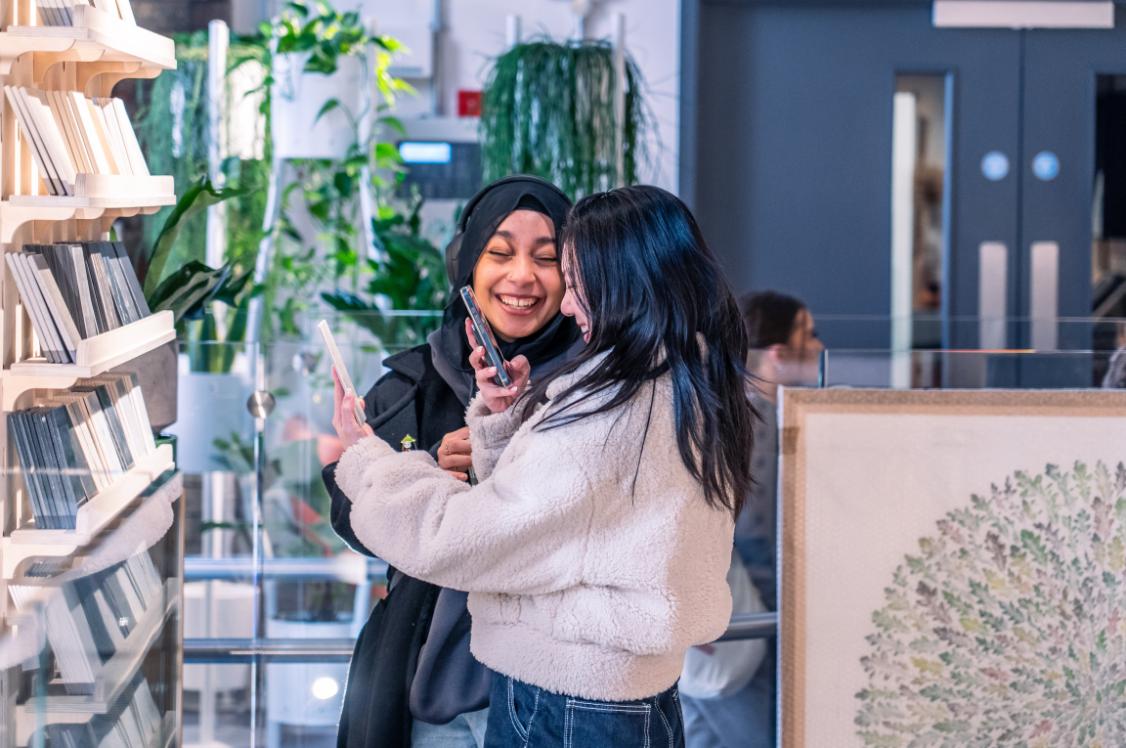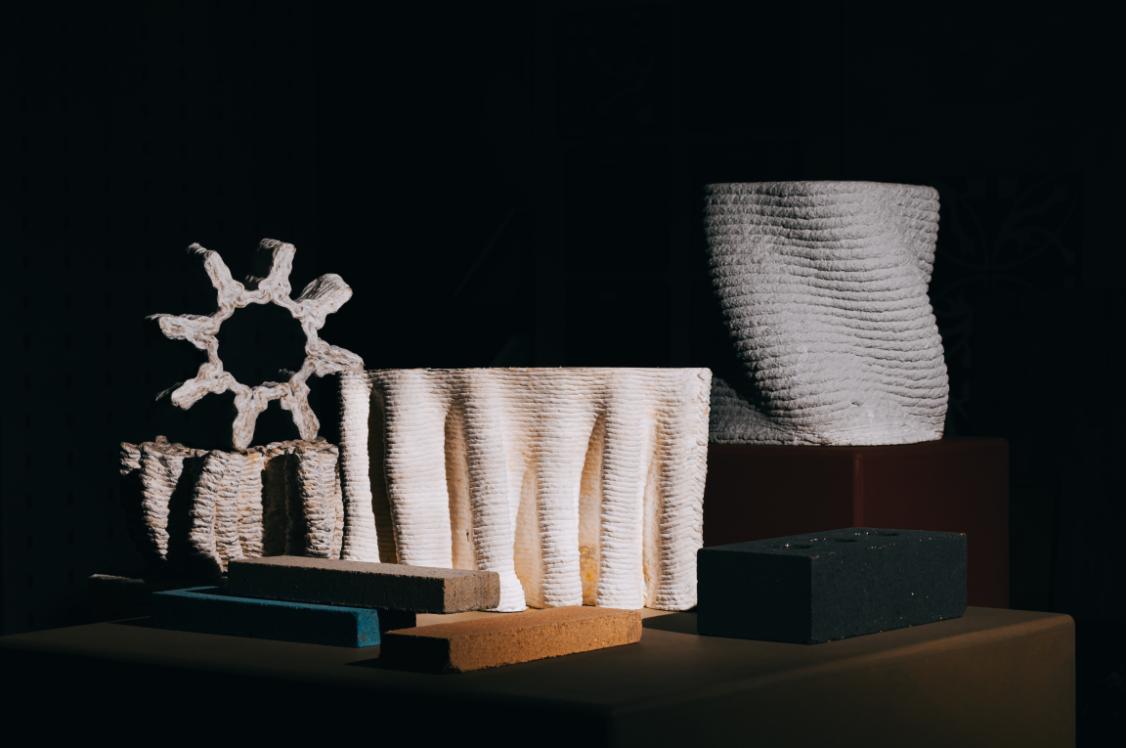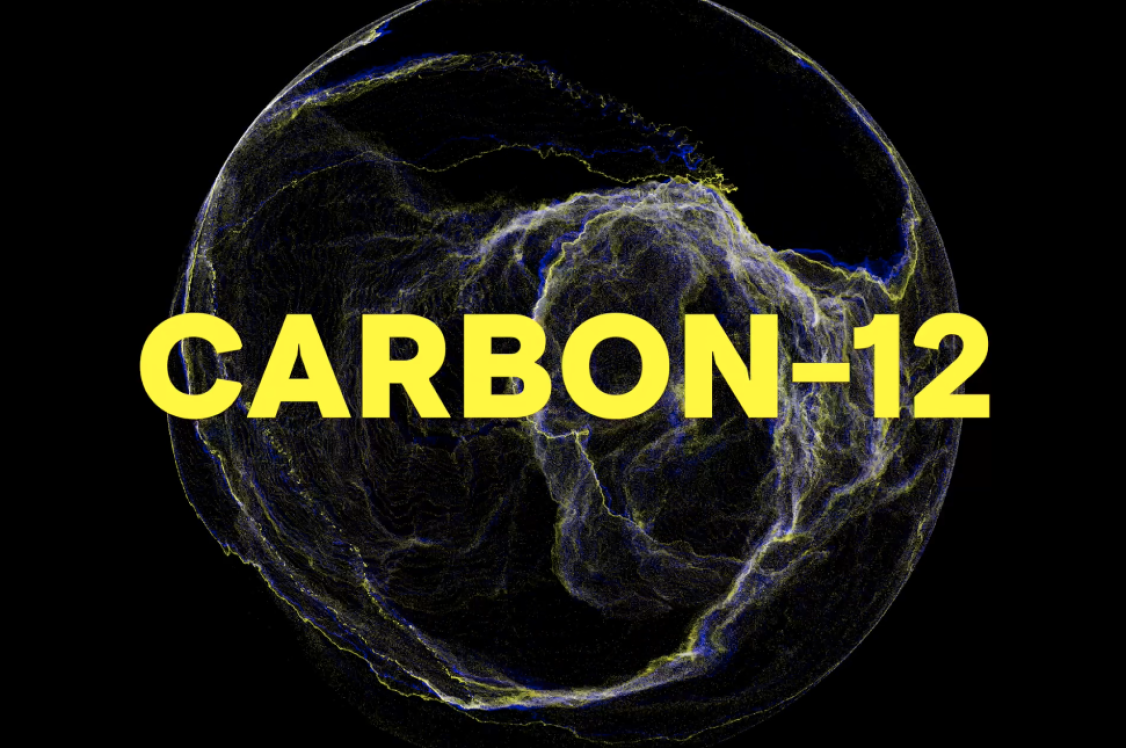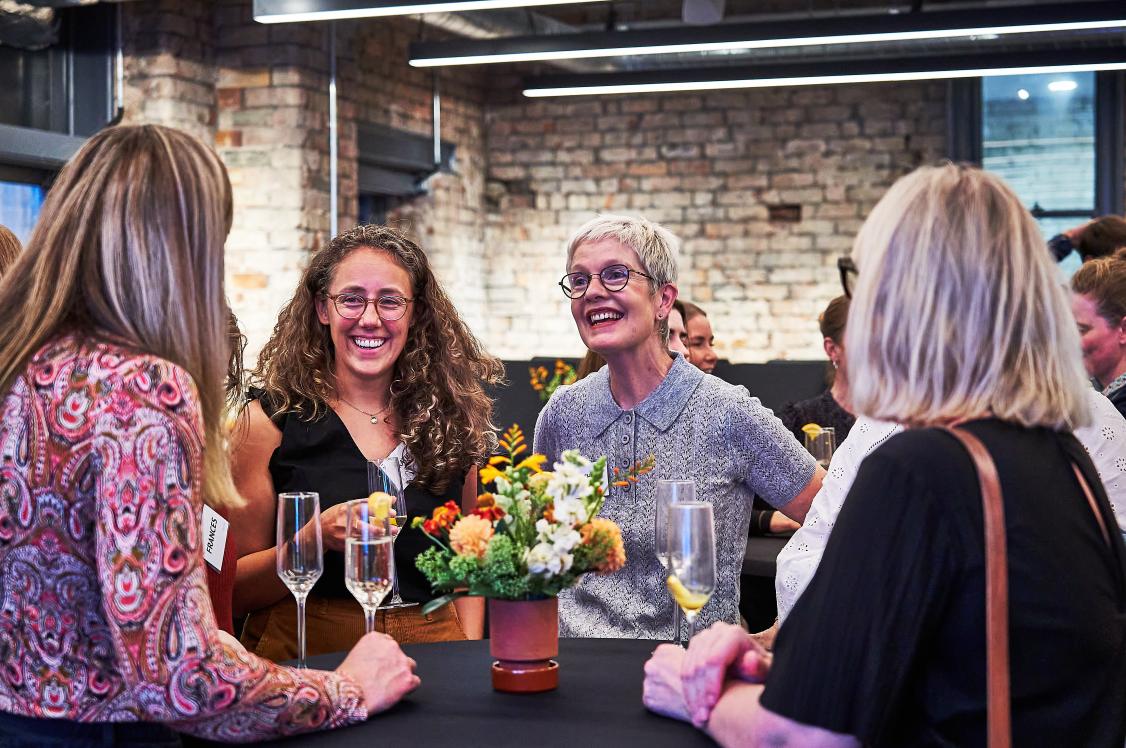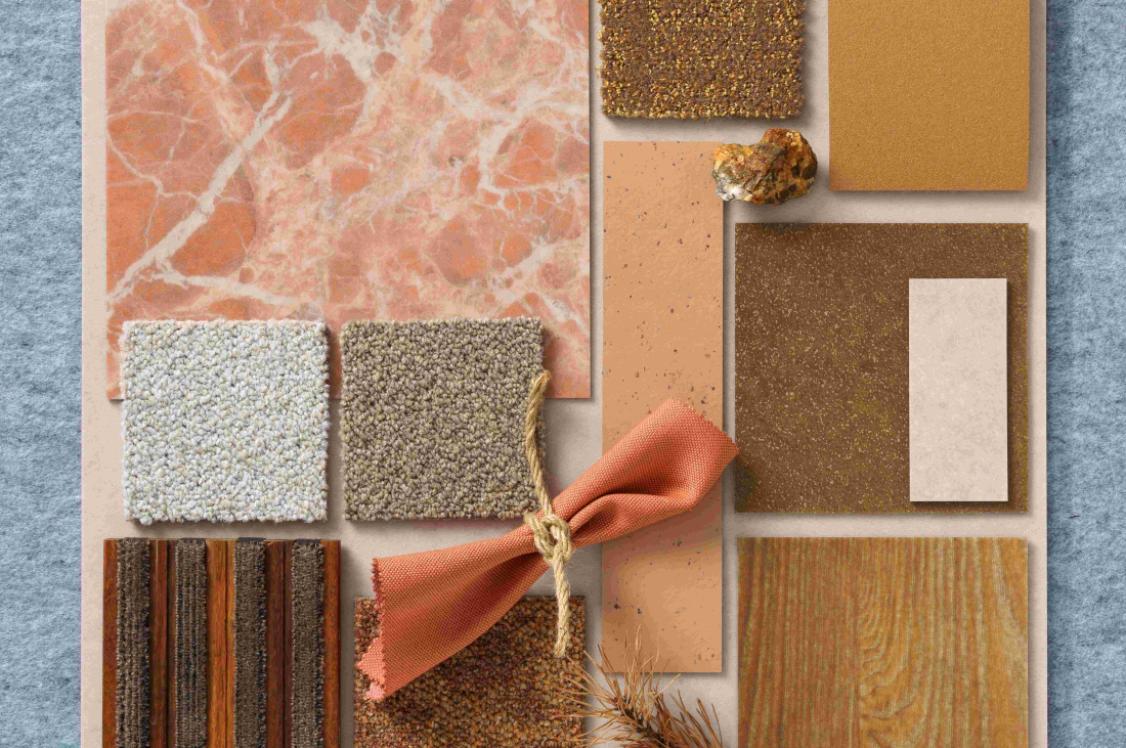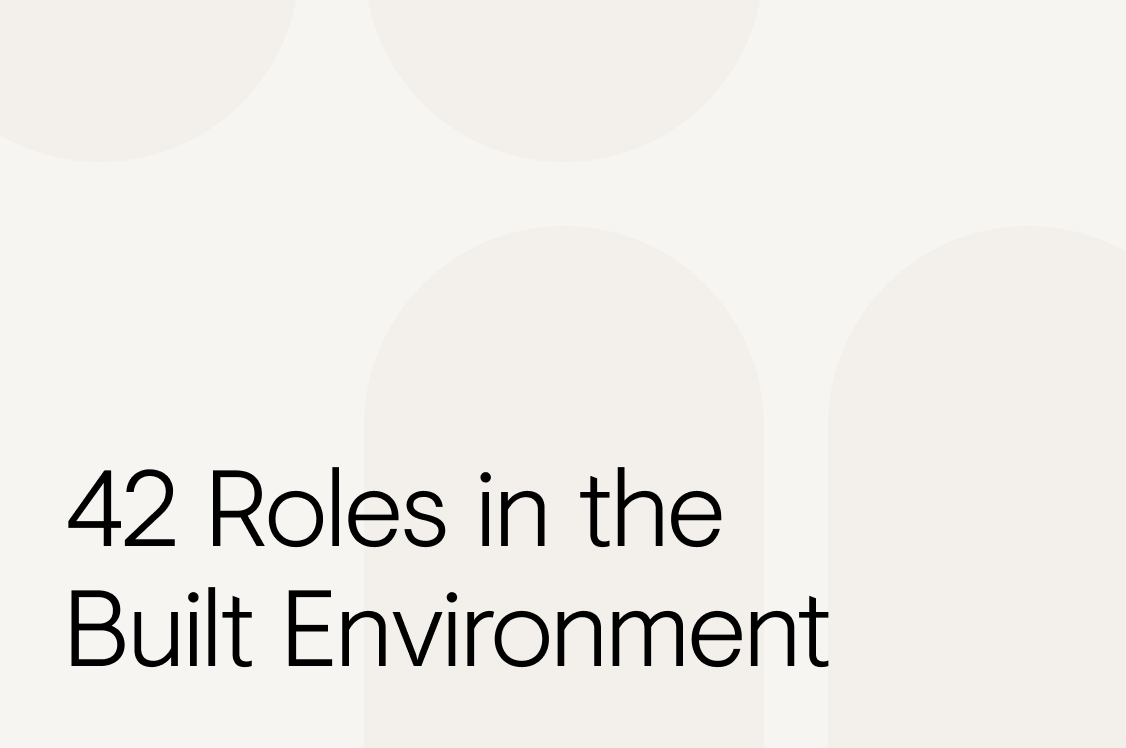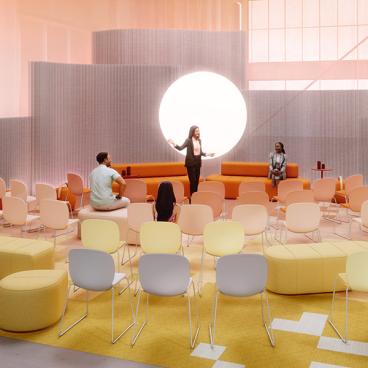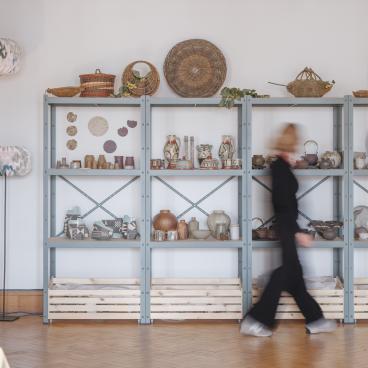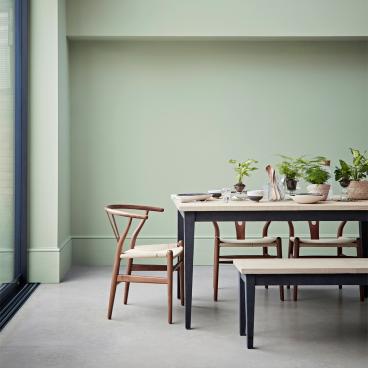Dominic Dugan, group creative director at Oktra, on experience, what makes a good client & working with what you’ve got.
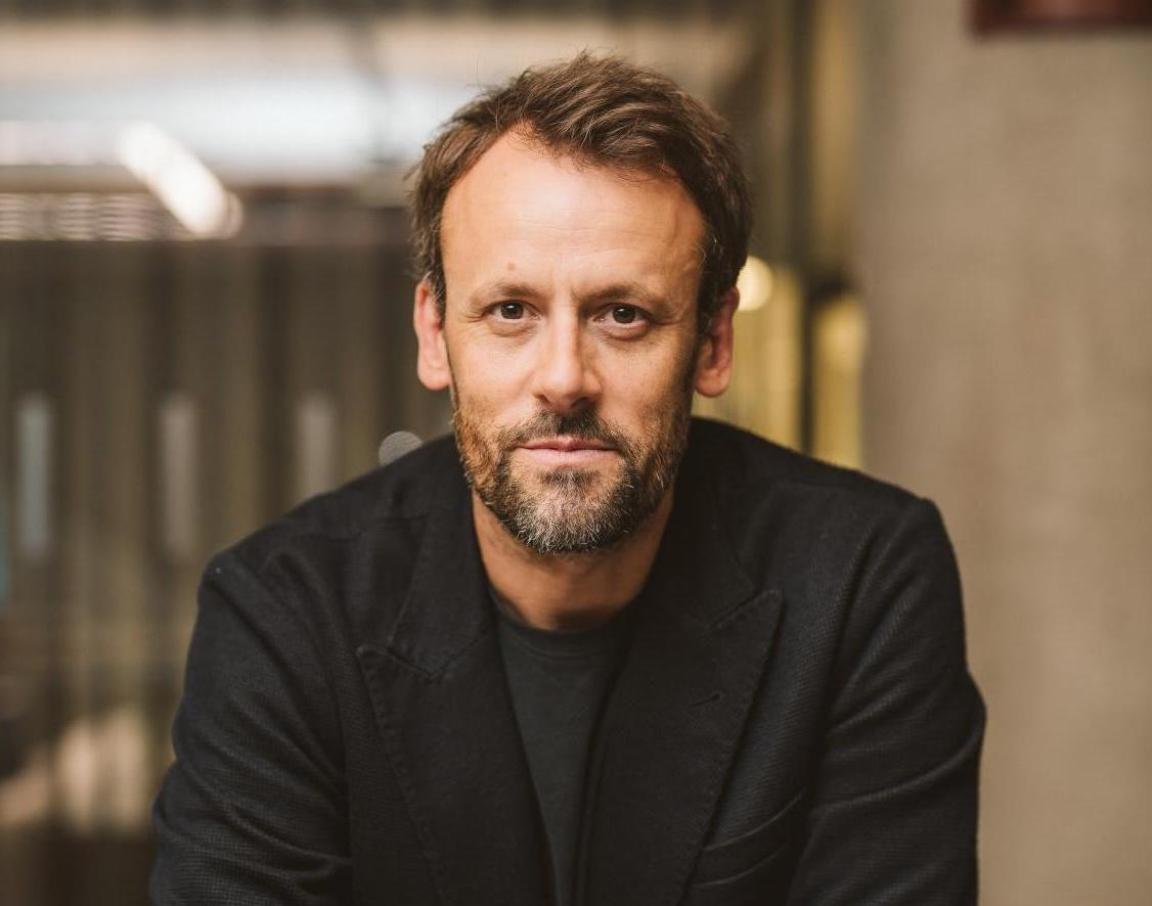
Having first met Dominic at our roundtable in London over the summer, his straight forwardness immediately struck a chord.
On chatting more over the months to follow, it became evidently clear that an assured sensibility lies at the heart of his approach. Both in terms of his skilful ability to build rapport with clients. And in taking a logical view of specific situations as they stand. All based on built-up experience. This was particularly apparent for a project at the Cheesegrater in London – something we go into in detail as part of the chat that follows.
Dominic, whose career has spanned 25-years, is Group Creative Director at Oktra, a design and build company celebrating its 30th year this month. Alongside his senior peers, Dominic oversees a 220-strong team located across offices in London, Guildford, Birmingham, and Manchester. He is trusted. Clients have returned to him from 20-years prior. He dislikes waste – choosing to work with existing assets where possible rather than rip out and replace. And he’s a champion of experience – for users, visitors… the people that are actually affected by the environments he designs.
With Oktra’s 30th anniversary in mind, plus the opening of our own London Studio meaning we’re now neighbours in Farringdon, we thought there was no better time to catch up than the present. Here’s how our conversation went…
How did you arrive at being Oktra’s Group Creative Director?
“I’ve been at Oktra for ten years and had three different roles in that time. I started as a lead designer, became a team manager, and for the past three and a half years I’ve been Group Creative Director.
“That journey’s really been about where experience comes to the surface. Over 25 years I’ve designed schools, leisure centres, exhibition spaces, and retail environments. What I learned from all that is that design affects people on a huge scale. So when I think of clients, I don’t just think of decision-makers, I think of users.
“Clients want designers to bring experience to the table. At this stage in my career, I’m an advisor as much as a designer. I’ve worked with over 1,500 clients, and that perspective is invaluable. The key is to actually use that experience rather than just accumulate it.”
With that in mind, what does your day-to-day look like?
“My day-to-day is a number of things. It’s a mix of projects, mentoring, and shaping Oktra’s creative direction. I also get quite involved in marketing opportunities, especially this year as we’re focusing on what 30 years of experience means for us as a company, which involves having conversations about what we think (and hope) the future of workplace design will look like.
“In terms of projects, I’m most involved in the early stages, as starting things well is half the battle. I sit alongside our fantastic team of lead designers, making sure we prioritise the right things in the right order. I show clients what can go wrong and how to avoid it, as much as what leads to success. I also do that on an equivalent level when looking for talent – it’s not just about hiring ‘good’ designers.
“I love doing all of this because it gives me a chance to reflect, and that reflective process keeps me learning. I've experienced failure where I've questioned my own ability at times. But I've then reflected, and I think if you take that information and that feedback in the right way, meaning constructively, then you’re in a really good position to be a better designer.”
You started off in consultancy – do you think that’s informed how you work now?
“Definitely. At big consultancies, I often felt detached from the final outcome. What I love about design and build is the accountability. You’re responsible for every decision from concept to completion.
“When you specify a product, you know who’s making it. When a change comes, you can say, “Let’s see what we can do with what we’ve got,” rather than defaulting to replacement. That mindset of avoiding unnecessary waste, and keeping control of detail defines how I work now.”
What types of projects are you working on at the moment?
“We work across multiple sectors - not just workplace. I’ve got a real soft spot for higher education owing to my experience back in the day. It’s fascinating to design for a specific demographic and think deeply about experience.
“Scale doesn’t change the challenge. Big or small, every project depends on the client team. And that leads to the real question: what makes a good client?”
What do you think makes a good client?
“I think any good designer will admit they can only do their best job when they've got a really compelling argument as to why they've done what they've done, and that comes from a knowledge of the client.
“The best clients give you time and access. Most of our work comes through competitive processes, and design is just one part of why a client chooses you. The rest is trust.
“People say “clients buy from people,” but what really builds rapport is curiosity — asking the right questions and getting under their skin. A good client lets you in early. They listen to experience. They open doors so you can run workshops and really understand their culture. Only then can you design something that truly reflects them.”
Speaking of one specific project, which you recently mentioned on a roundtable we held, this understanding of the client proved crucial?
“Back in 2023, we were approached to do a job in London’s Cheesegrater. The client had ambitions to segment workspace and social space, but it was a small budget relative to the size and complexity of the space we were working with.
“Early on, I got to understand what was important to their business and I knew where their heart was and what they really wanted to focus on. Instead of starting from scratch, we looked at what we could keep from the previous fit out. They were inheriting good furniture and solid partitioning, which would’ve been a crime to throw away.
“The space naturally split into two ‘wings’, so we focused their investment on one side. This was the ‘making your mark’ arrival experience, a space that people actually see and use - social areas and the touchpoints that shape how a workspace feels. We created a co-working-inspired lounge, coffee bar and art wall, all with incredible views of St Paul’s.
“It was a great example of how reuse can lead to smarter outcomes, both financially and environmentally. We avoided unnecessary waste and delivered a space that felt new and exciting without discarding what already worked.”
That’s brilliant. So how did it impact the look and feel?
“It completely transformed it. What made the difference was understanding the building and the client deeply enough to see where the real value lay. We were chosen because we educated the client on what was great about the building. When you know your client and the culture of the business, you don't need to go on Pinterest.
“We brought in quirky details, we dressed the space, and showed them that smart design isn’t necessarily about spending more. We put a lot of emphasis on the social space, because the other half had already been designed as a high-performance environment, even if that had been for the previous tenants.”
Being London-based, what’s the property landscape looking like at the moment?
“There’s still this really lovely appetite from clients that are doing this for the first time. They know how much workplaces have changed in five years and want to understand what’s next.
“I'm happy to say it's different every time. Every brief is different. Some clients are bringing people back into the office more often, others want to reimagine what the office is for. Pre-2020, we were trying to convince people to step away from their desks; now, we’re helping them build environments full of variety and interaction.
“Overall, the way that most projects are starting shows great ambition. And it is really busy for us.”
In your view, what makes a really good space?
“A great space reflects its people. I’m an interior designer, not an architect — and everyone, from your nan to your neighbour, has opinions about space. But good design is about something that's intuitive. It just works, because it’s been designed around the users and the culture. It shouldn’t feel generic. It should feel like it couldn’t belong to anyone else.”
What’s next for Oktra?
“We’re evolving how we approach projects — getting involved earlier, understanding more, and addressing what sits outside the traditional scope.
“Relationships are central. We don’t walk away when a project ends, I just call that “day one.” We’re building a culture of learning - going back, checking in, and maintaining those relationships through experience. That’s where the best design comes from: continuous reflection and collaboration.”


